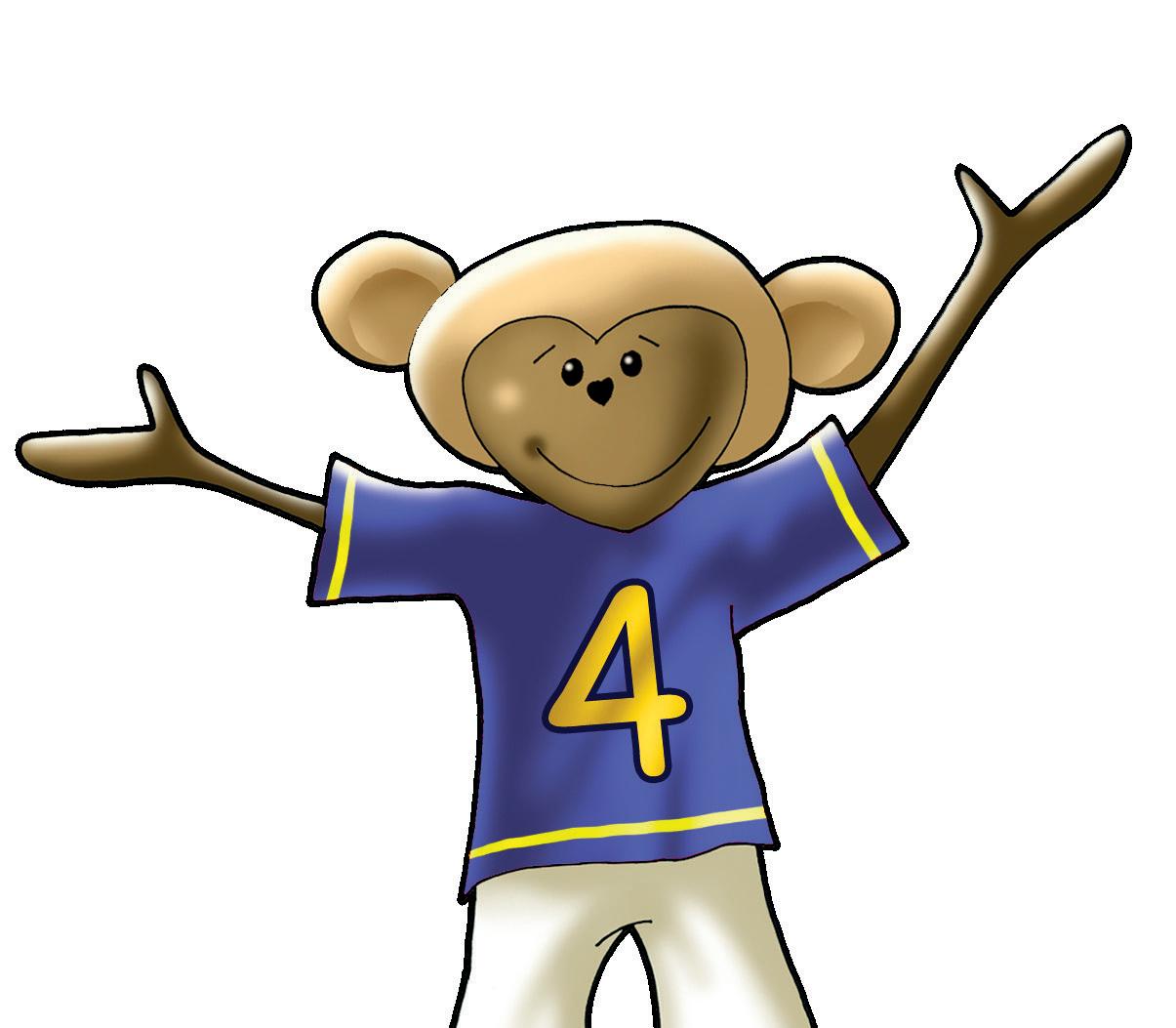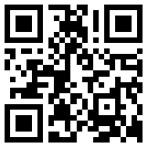Dandelion Launchers and Dandelion World
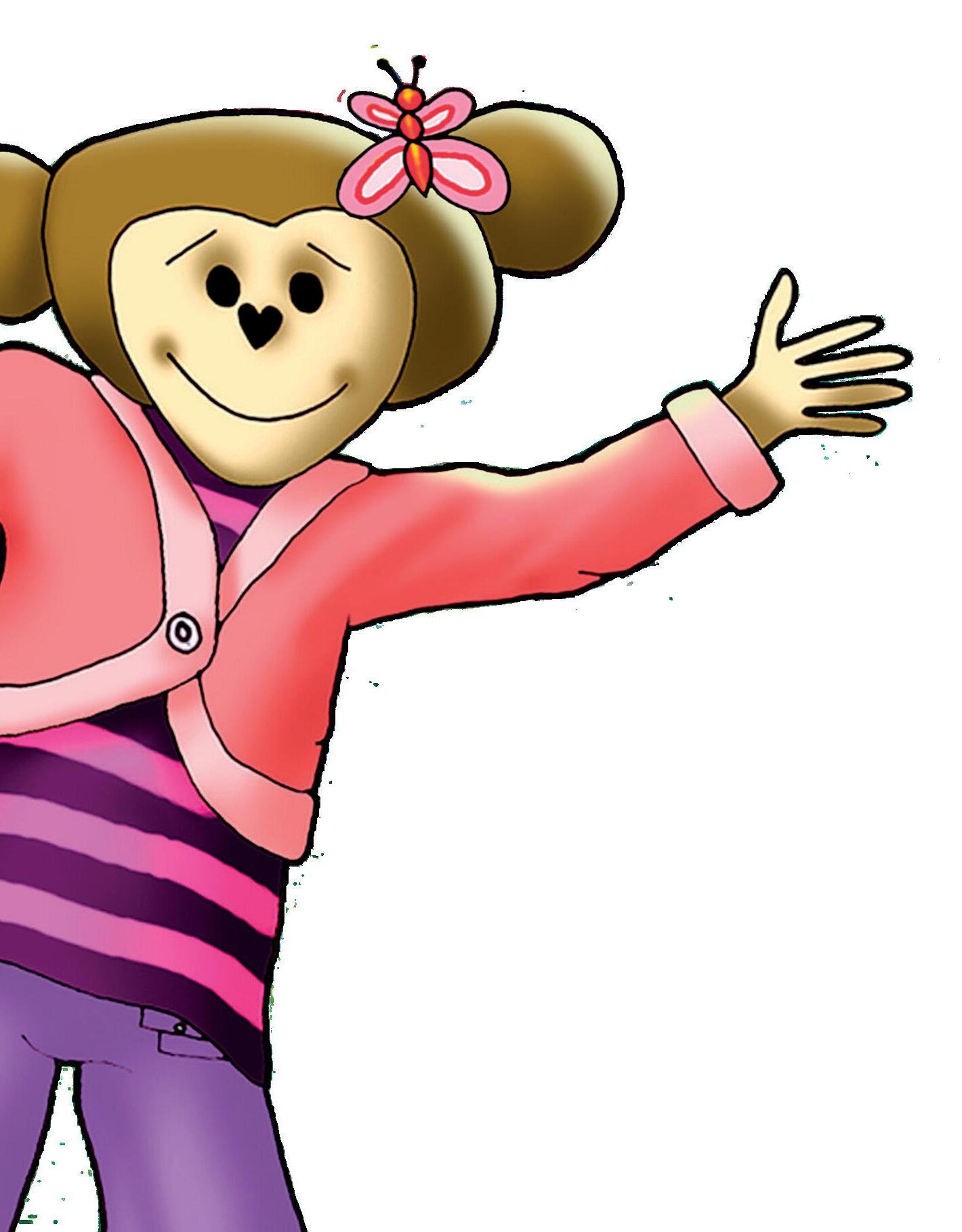
Interest age 3–7
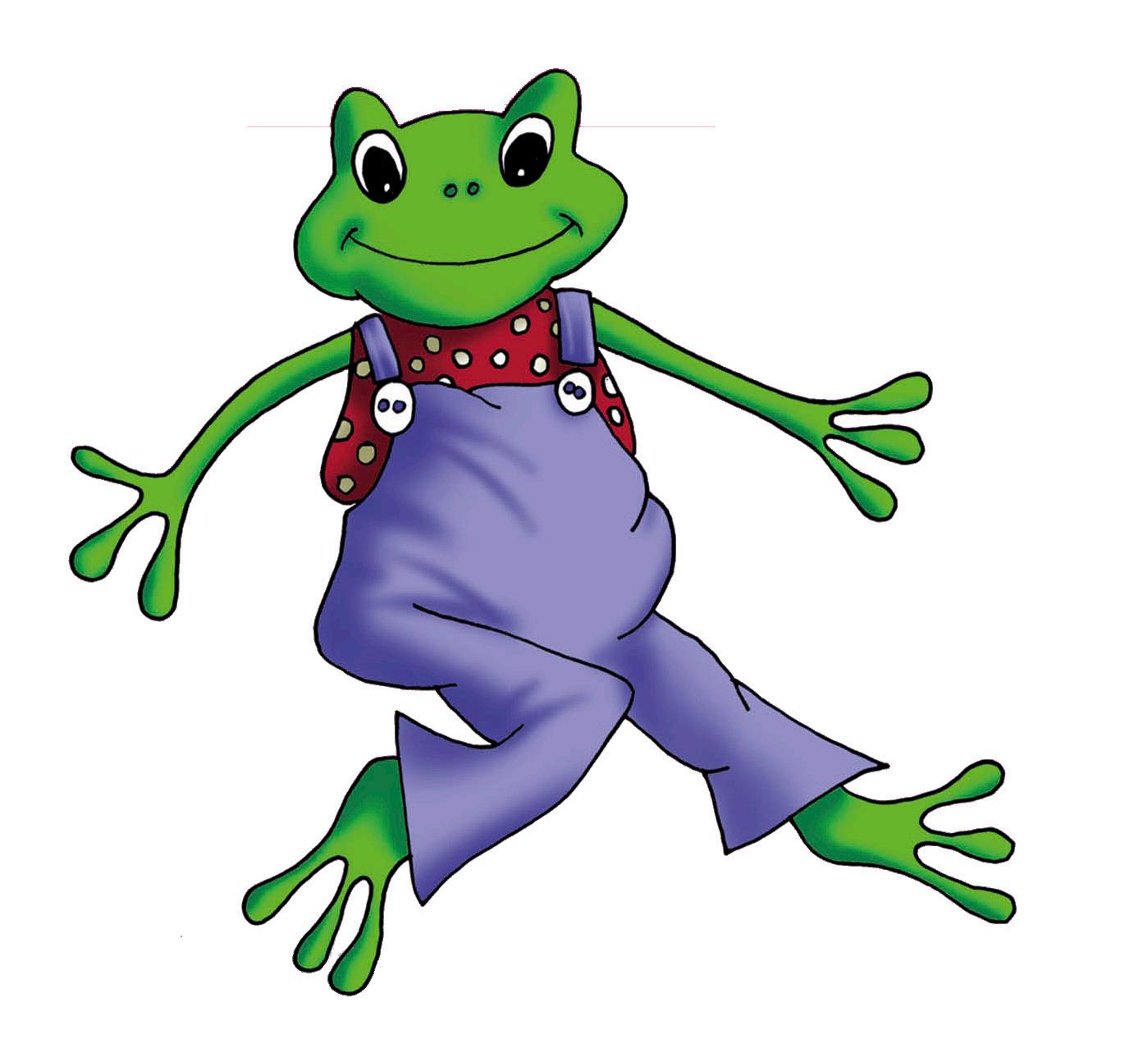


Welcome to Phonic Books!
Decodable books should be integral to any phonics reading programme or approach and provide a platform to practise and transfer the skills learned in explicit phonics instruction.
Our books are highly decodable with gradual introduction of high-frequency words.
All of our books follow a steady, cumulative progression and can be used with any phonics reading programme. As children progress, we introduce new phonic knowledge and skills while reinforcing those skills learned previously.
Children need to practise and consolidate what they have learned at each stage. How much practice is needed varies from child to child. The breadth of our range allows for this with multiple books at each stage to ensure sufficient reading practice.
How to use decodable books to support your teaching
Step 1 Match
and teach
Before reading, match the phonic progression to your programme and teach the target sound(s) within each book. Ensure the child knows both the sounds and their corresponding letter(s) and how to blend them into words.
Step 2 Read decodable books
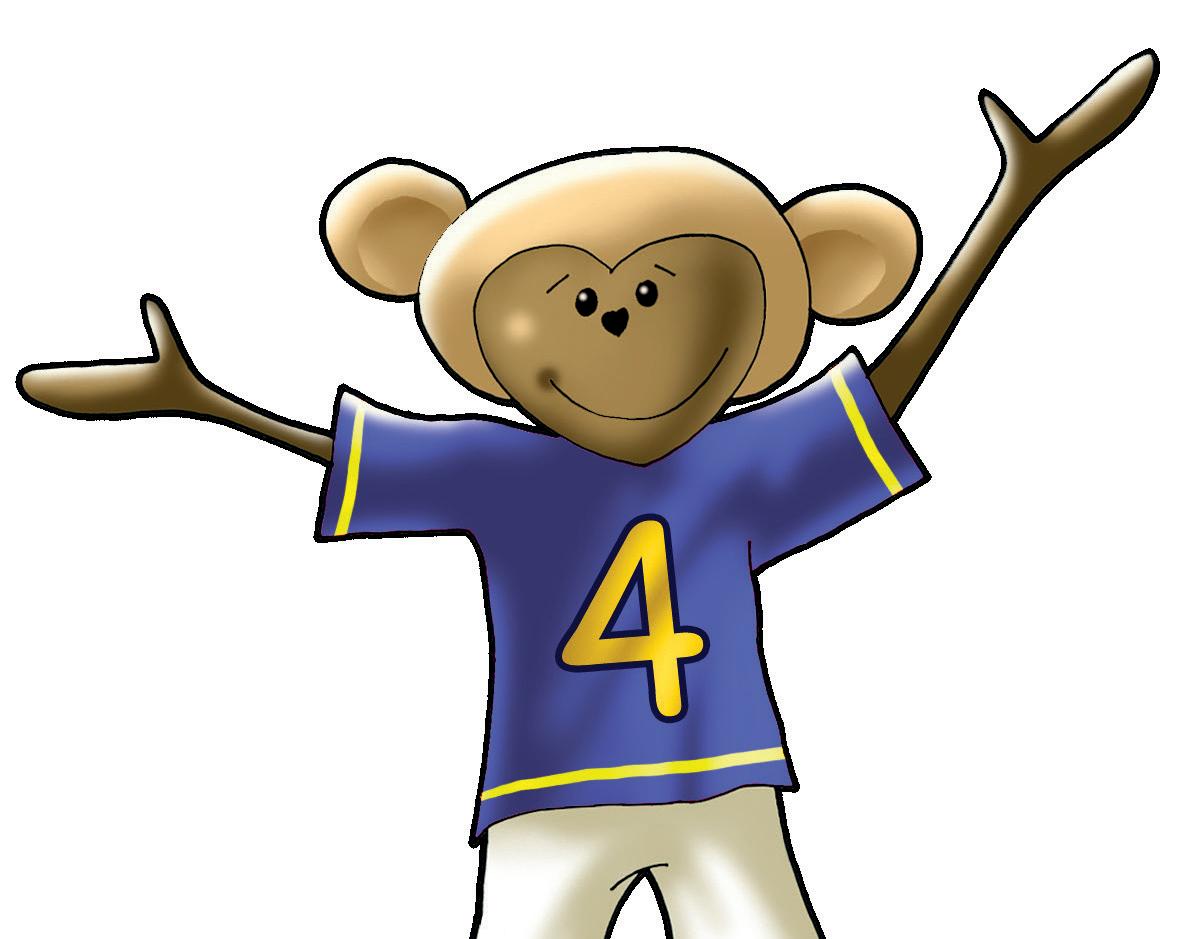
Children read the decodable books with the target phonics introduced in each book.
Step 3 Consolidate knowledge and skills
• Read more books at each level
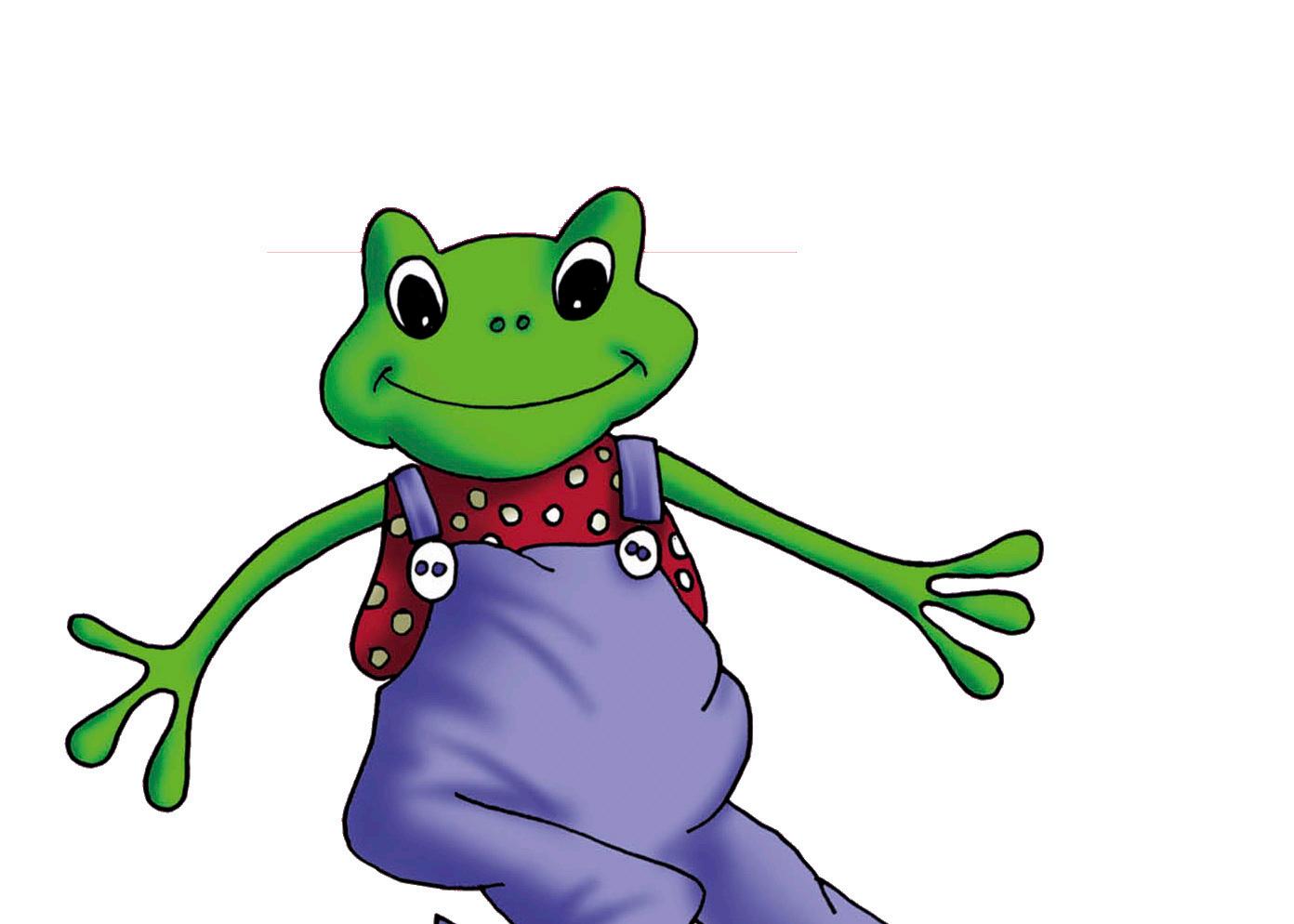
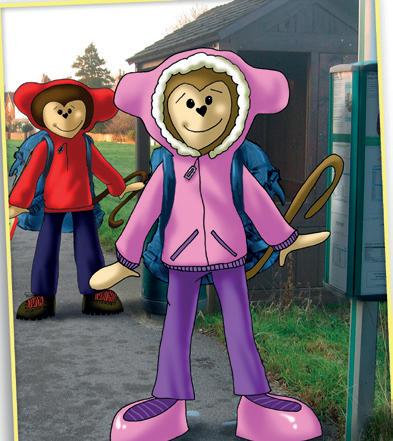
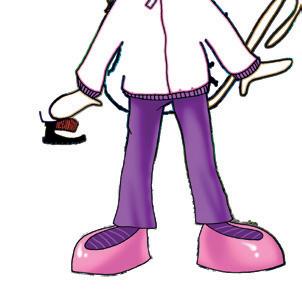

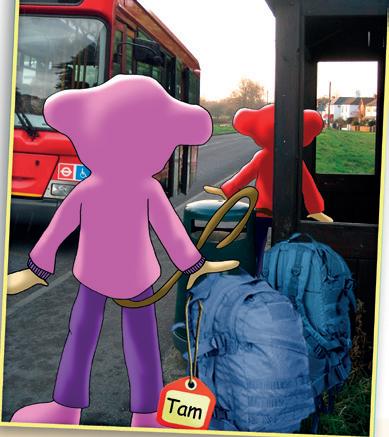

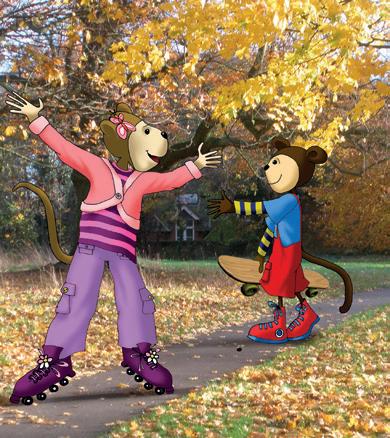
Introduction to Dandelion Launchers and Dandelion World
Supporting a systematic phonics approach
Aimed at children in Early Years (pre-school and Reception). Each stage introduces new letters/sounds while supporting previously taught phonic letters/sounds and high-frequency words.
Suitable for younger beginner readers
1–2 lines of text per page
Decodable books at CVC word level
Units/Stages 1–7 introduce sounds of the alphabet
Units/Stages 8–15 introduce consonant blends and consonant diagraphs
Units/Stages 16–20 introduce two-syllable words, suffixes, -ed, -ing and spelling ‘le’
Dandelion Launchers Readers include games to consolidate learning
Dandelion World Readers include non-fiction topic-based Knowledge Builder spreads
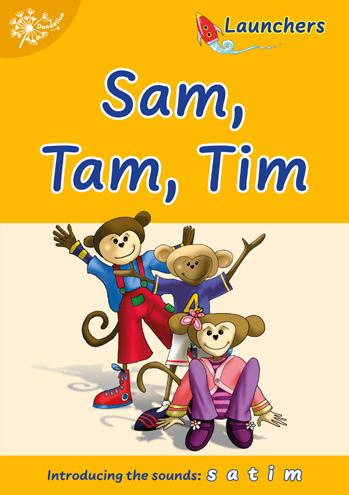
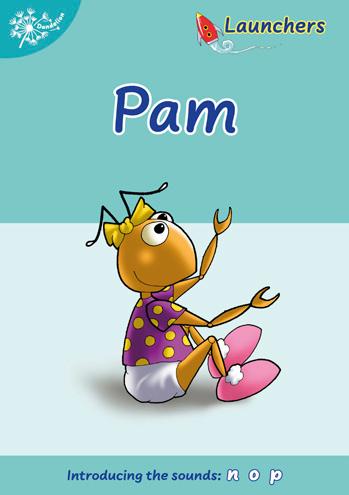
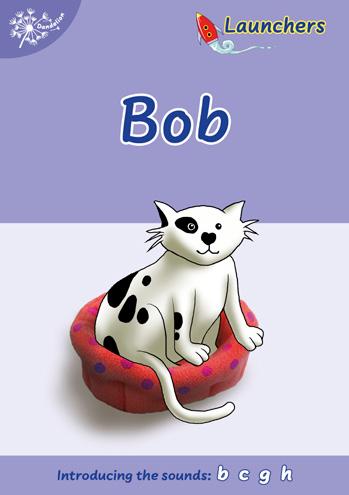
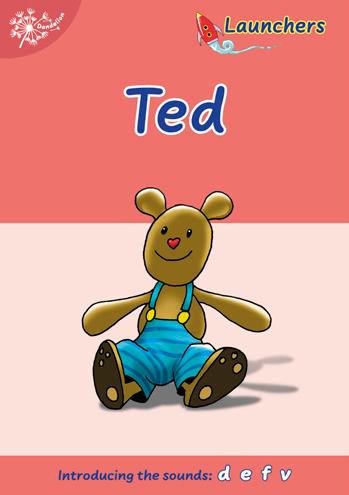
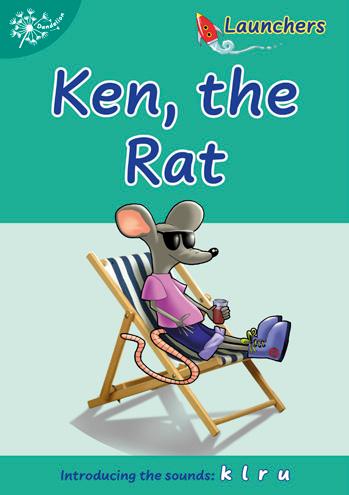
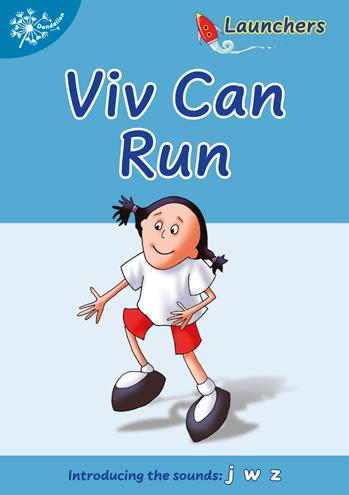
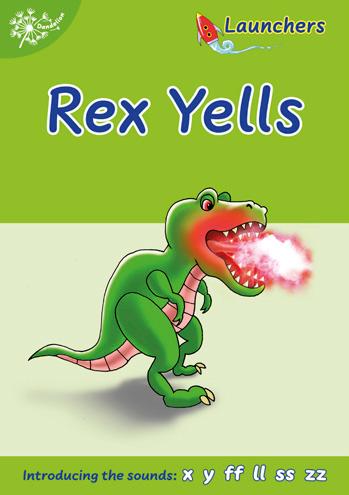
Reading and Writing Activities Books
Each series has an accompanying Reading and Writing Activities Book. These books are integral to the reading programme as they include teaching and practice activities to support the learner.
Some activities precede reading the books, such as blending, segmenting and phoneme manipulation.
Other activities are directly linked to the decodable readers and are designed to develop reading fluency, comprehension, spelling, writing and vocabulary.
Sloths
This sampler contains Dandelion Launchers Reader 7a Rex Yells and Dandelion World Reader 13a Sloths. Also included are reproducible activities from the accompanying Reading and Writing Activities Book for each series.
Scope and sequence in Dandelion Launchers and Dandelion World Series 1–20
Dandelion Launcher (fiction)
Dandelion World (non-fiction)
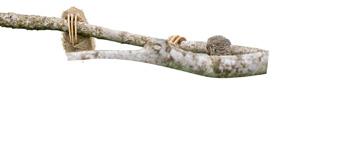

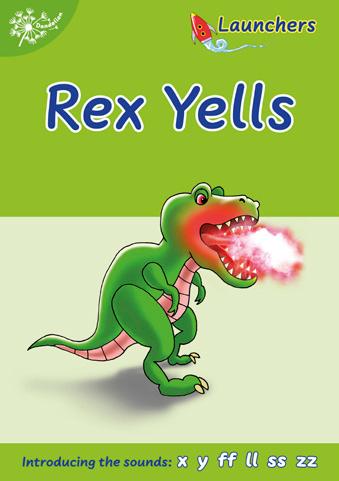
18a & 18b
19a & 19b
20a & 20b
17a & 17b simple two-syllable words
18a & 18b two-syllable words and words with the suffix -ed
19a & 19b two-syllable words and words with the suffix -ing
20a & 20b two-syllable words and words with the spelling ‘le’

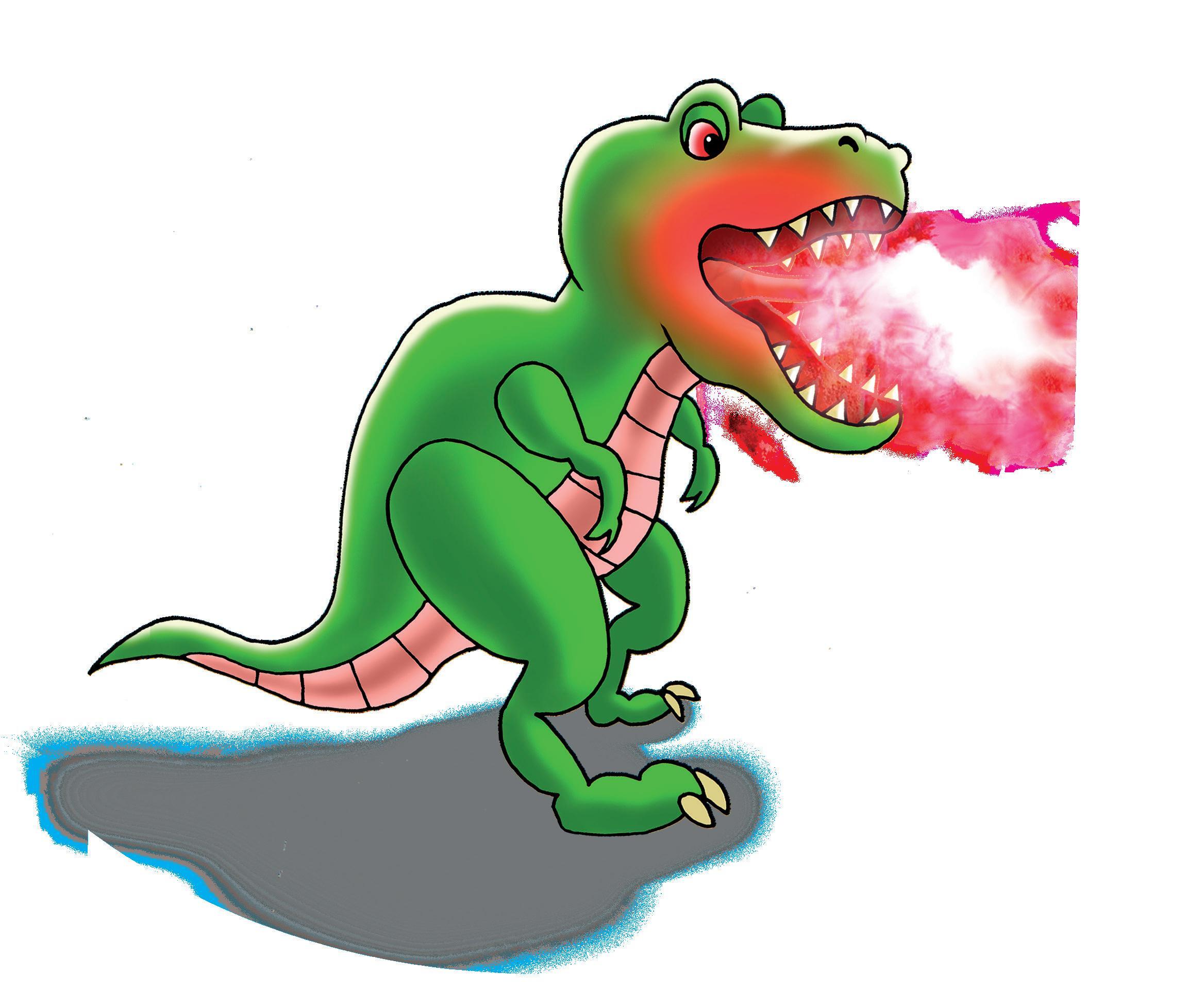
Rex Yells
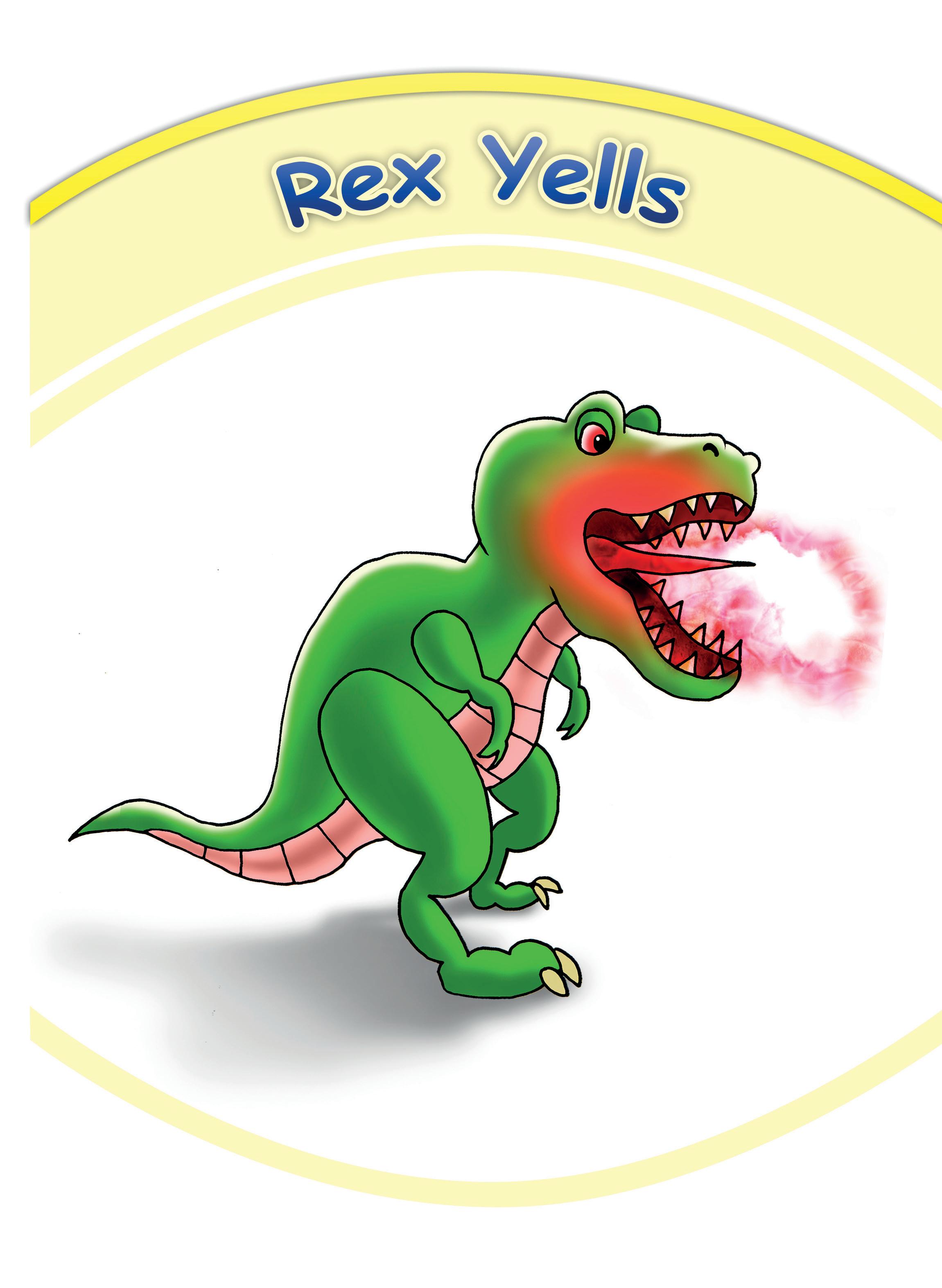
Story by Tamar Reis-Frankfort and Wendy Tweedie
Illustrated by Clair Baker and Drew Wilson

This edition published in 2023
First published in Great Britain in 2009 by Phonic Books, an imprint of Dorling Kindersley Limited One Embassy Gardens, 8 Viaduct Gardens, London, SW11 7BW
The authorised representative in the EEA is Dorling Kindersley Verlag GmbH. Arnulfstr. 124, 80636 Munich, Germany
Copyright © 2009 Phonic Books Limited 10 9 8 7 6 5 4 3 2 1 001–DL11–Aug/2023
All rights reserved.
No part of this publication may be reproduced, stored in or introduced into a retrieval system, or transmitted, in any form, or by any means (electronic, mechanical, photocopying, recording, or otherwise), without the prior written permission of the copyright owner.
A CIP catalogue record for this book is available from the British Library.
ISBN 978-1-7836-9646-8
Printed and bound in China
Sylexiad Sans © Robert Hillier
Dandelion Launchers are based on the Sounds-Write® reading and spelling programme www.sounds-write.co.uk
www.dk.com
This book was made with Forest Stewardship Council™ certified paper – one small step in DK’s commitment to a sustainable future. For more information go to www.dk.com/our-green-pledge
How to use this book
Dandelion Launchers follow a structured sequence to ensure incremental progression when learning to read. Each unit introduces new phonic knowledge and skills while reinforcing those learned in previous units.
Before reading, check that the child knows the target sounds in this book and their corresponding letters. Readers should then be encouraged to use their phonic knowledge to read the word by blending the sounds together from left to right throughout the word (e.g. ‘c’ ‘a’ ‘t’ -----> <cat>).
Always encourage the reader to use pure sounds. These are the sounds of consonants without the added ‘uh’ sound (e.g ‘c’ ‘a’ ‘t’ not ‘cuh’ ‘a’ ‘tuh’).
Praise the child when they use their developing phonic knowledge to read new words.
High-frequency words are common words, some of which the reader may not be able to decode at this stage (e.g. <said>). In order to develop an understanding of letter/s and their corresponding sounds within these words, ask the reader to sound out the letter/s they know (e.g. ‘s - d’) whilst pointing to the letter/s and providing the sound they do not know (e.g. <ai>). Encourage the reader to blend the sounds into a word (e.g. ‘s e d’ -----> <said>). If the reader is struggling, provide the word.
From Unit 7, one sound can be represented by one or two letters.
The game at the back of the book provides a fun and exciting way to practise the new skills and/or concepts being taught in this book and can be used before or after reading the story.
In this book:
New sounds taught in this book: x, y, ff, ll, ss, zz
Sounds taught previously: a, b, c, d, e, f, g, h, i, j, k, l, m, n, o, p, r, s, t, u, v, w, z
High-frequency words the reader might need help with: yells, I, the, and, was, no, be, a, said
Level: CVC*
*C = consonant sound V = vowel sound
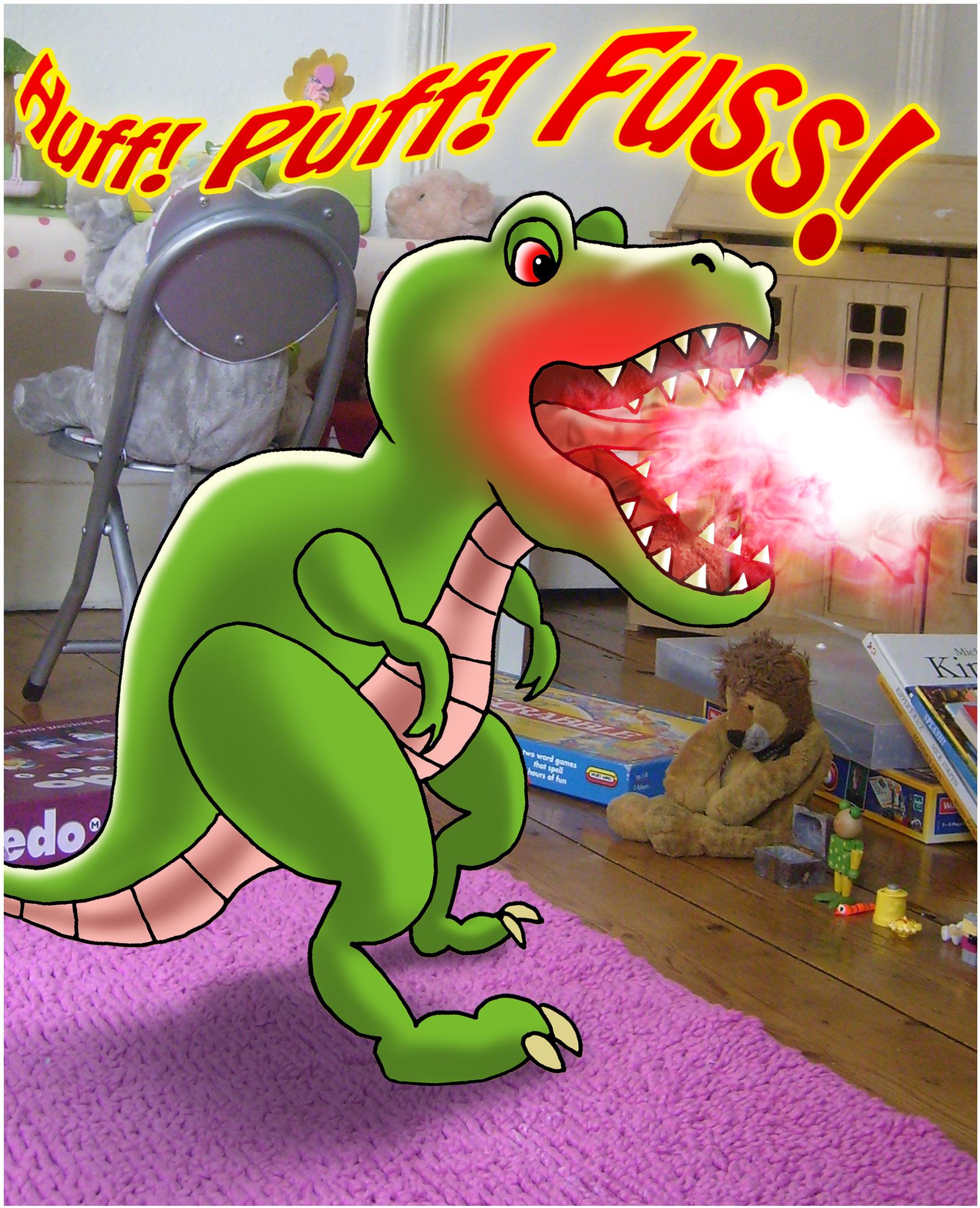
“I am the boss!”
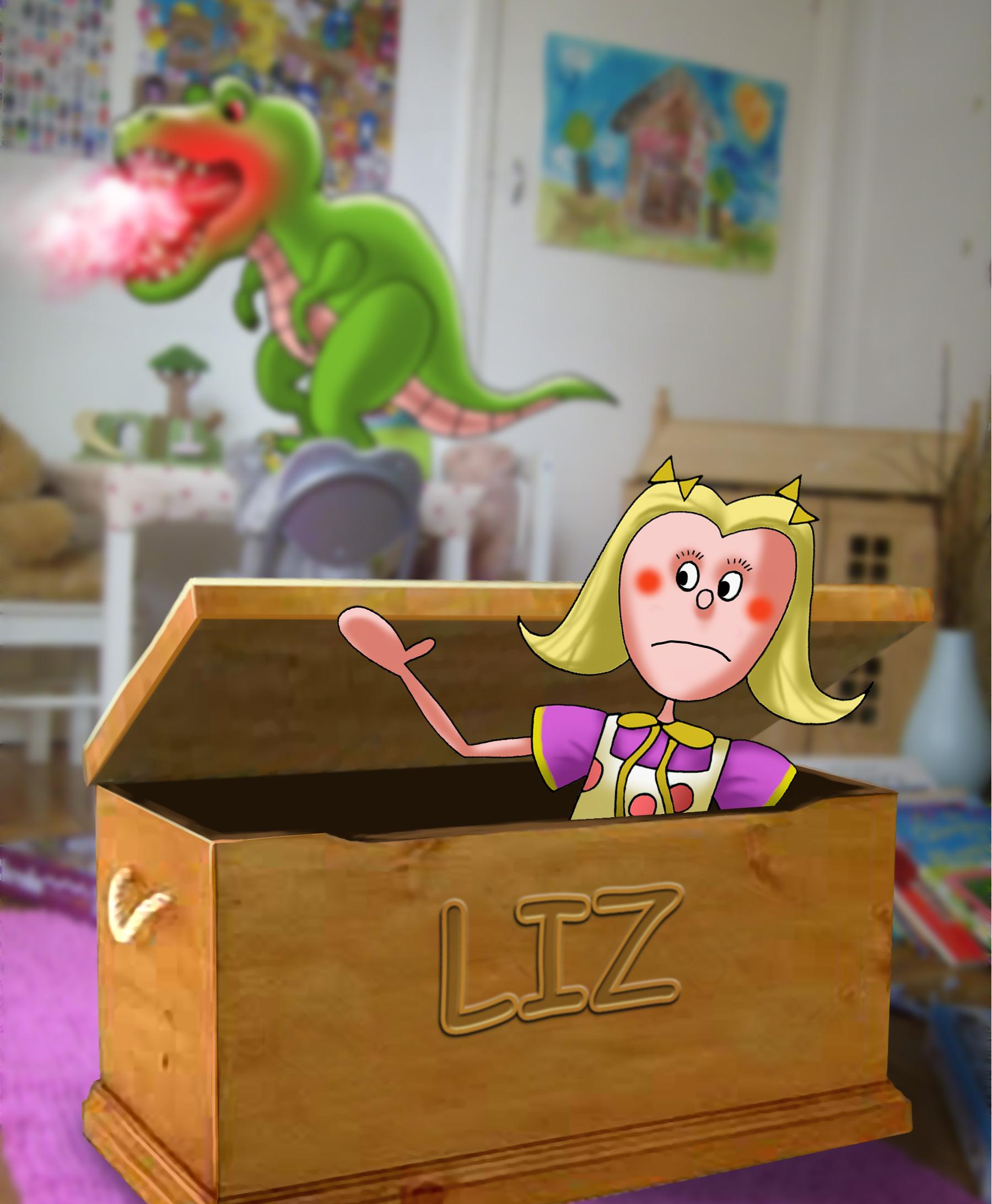
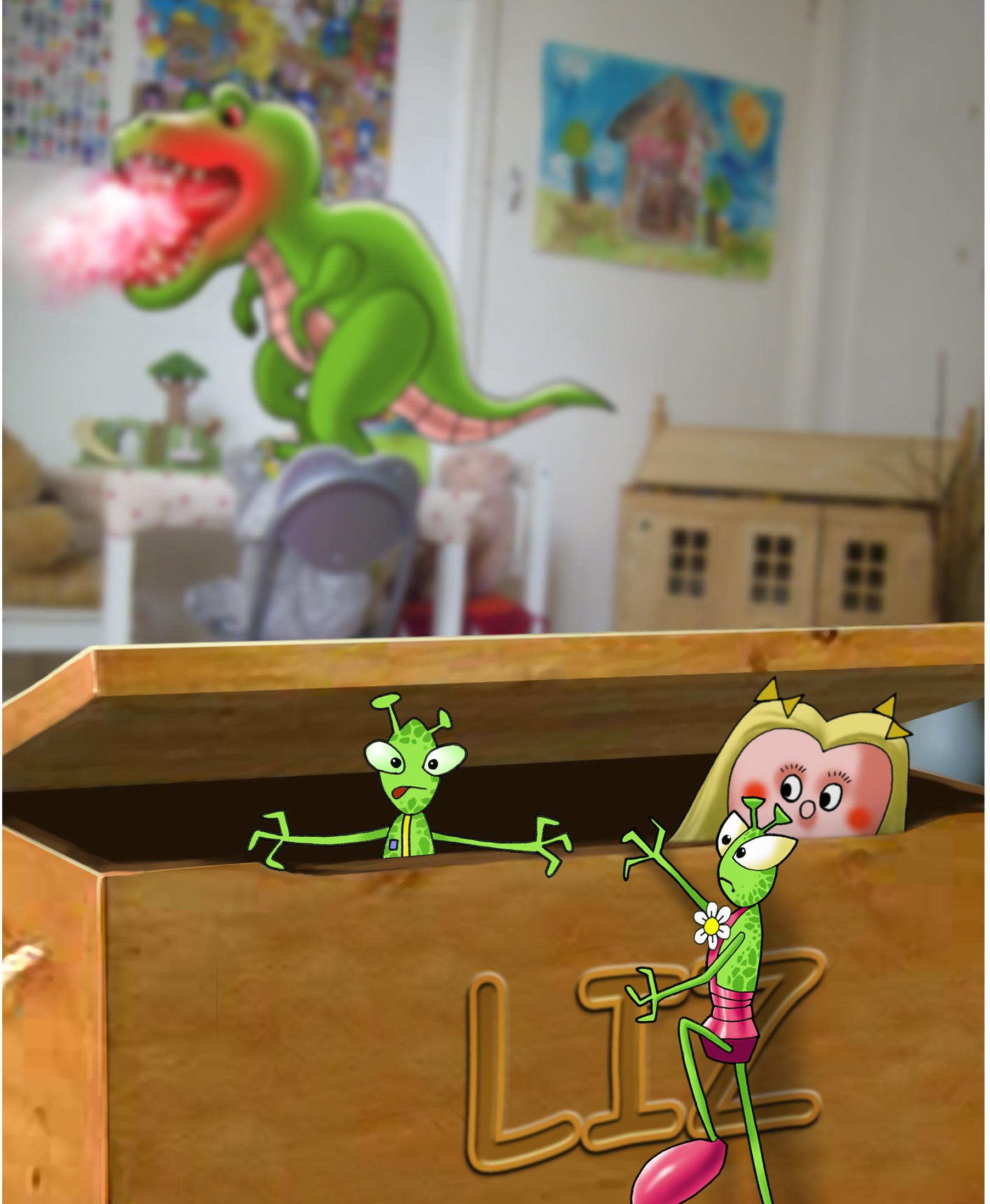
Zig and Zog hid in the box.
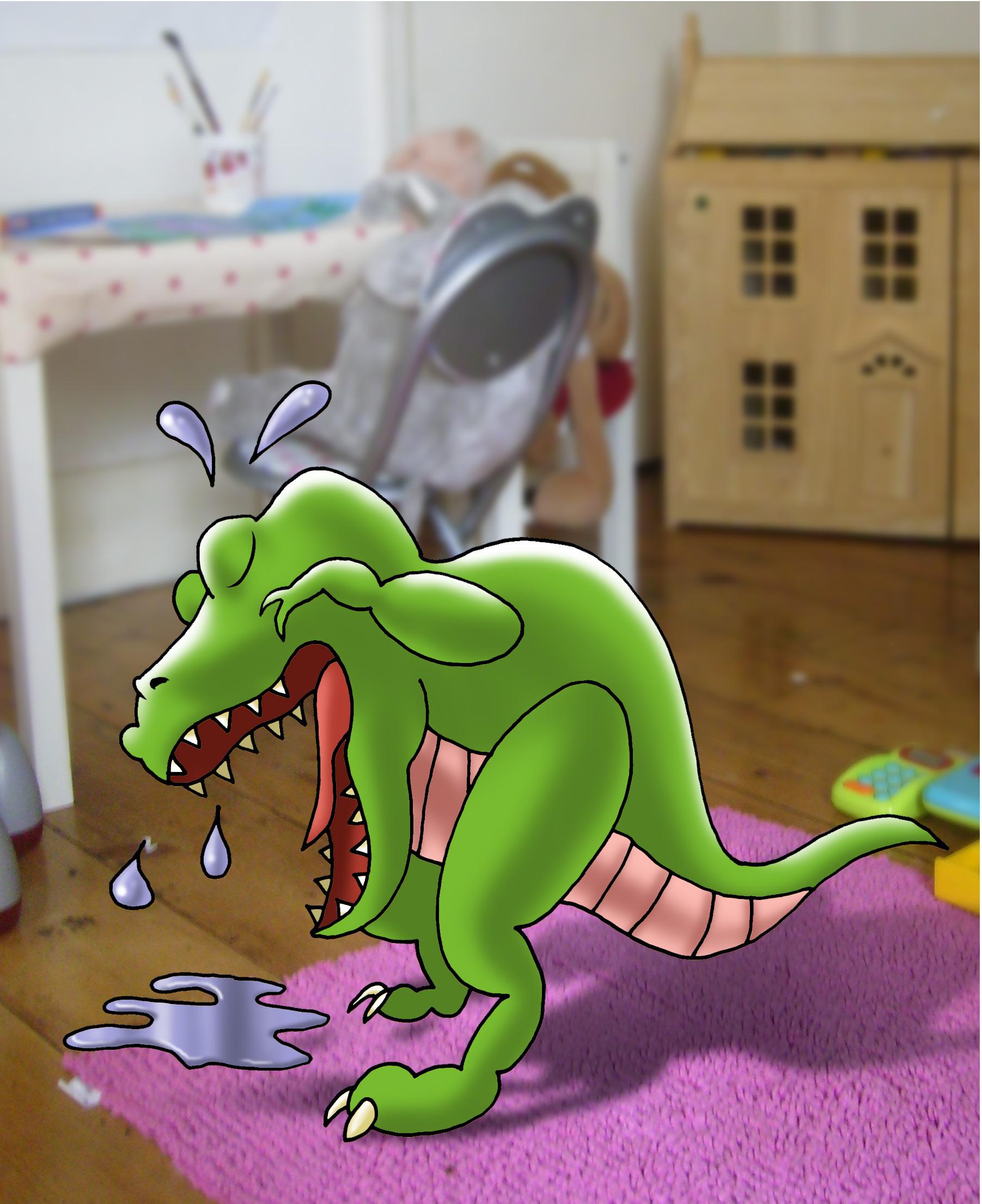
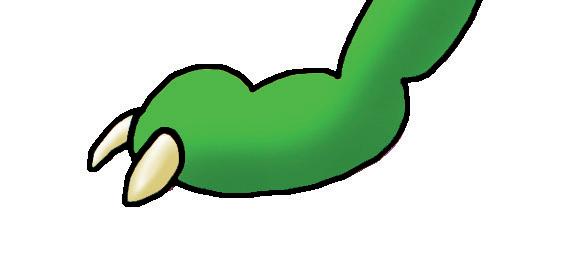
Rex was sad.
Rex had no pal.

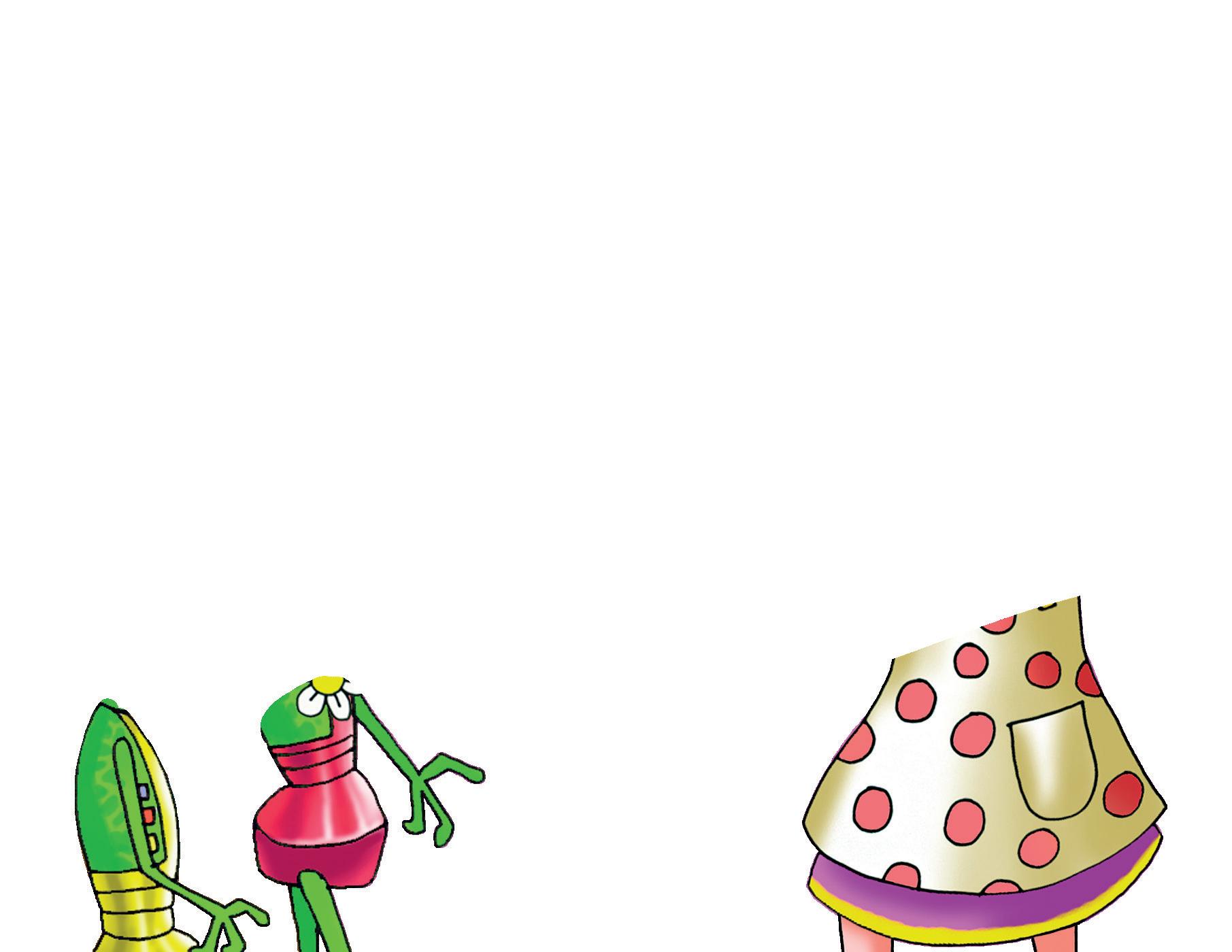
“I will be a pal,” Jill said.
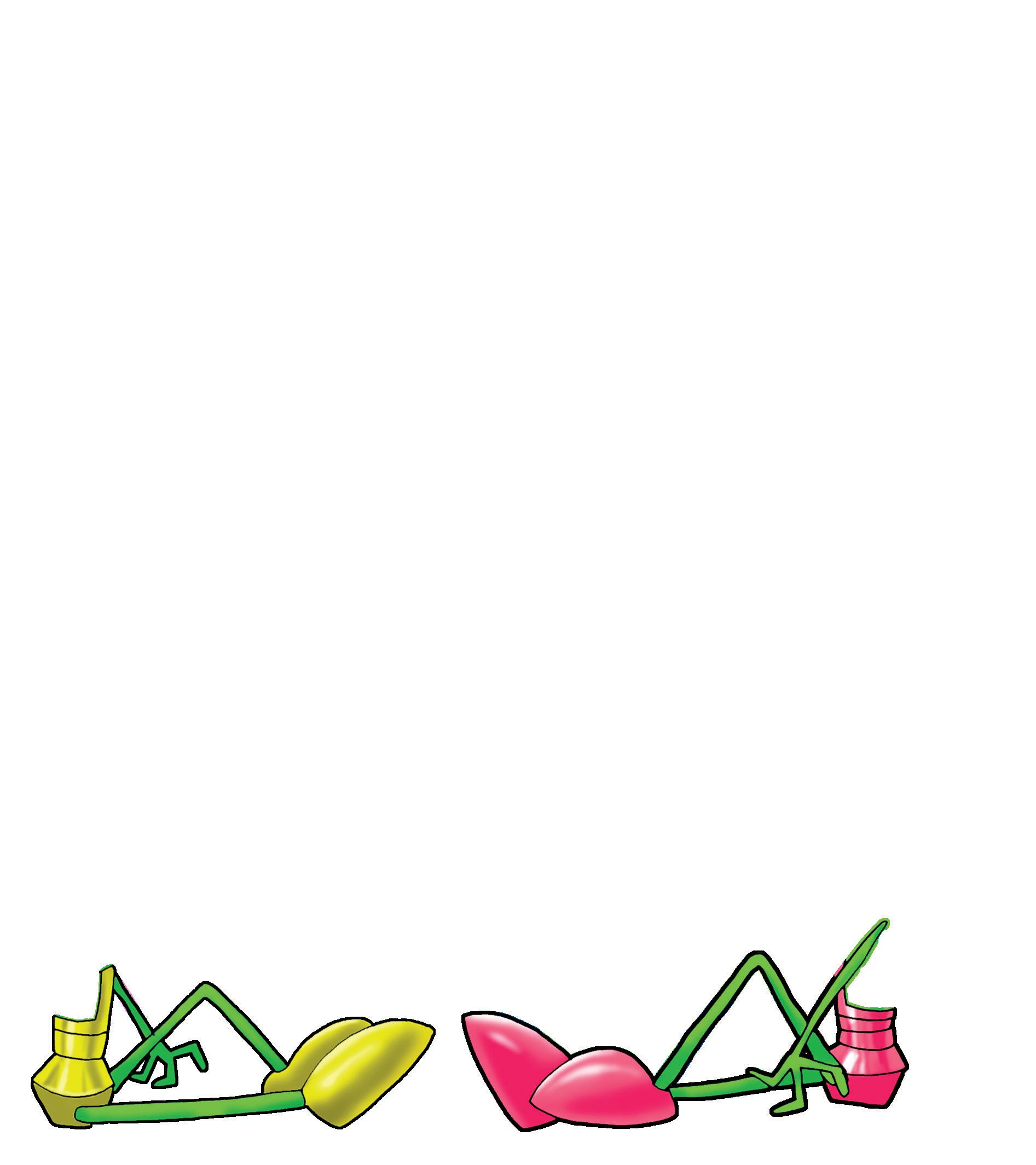
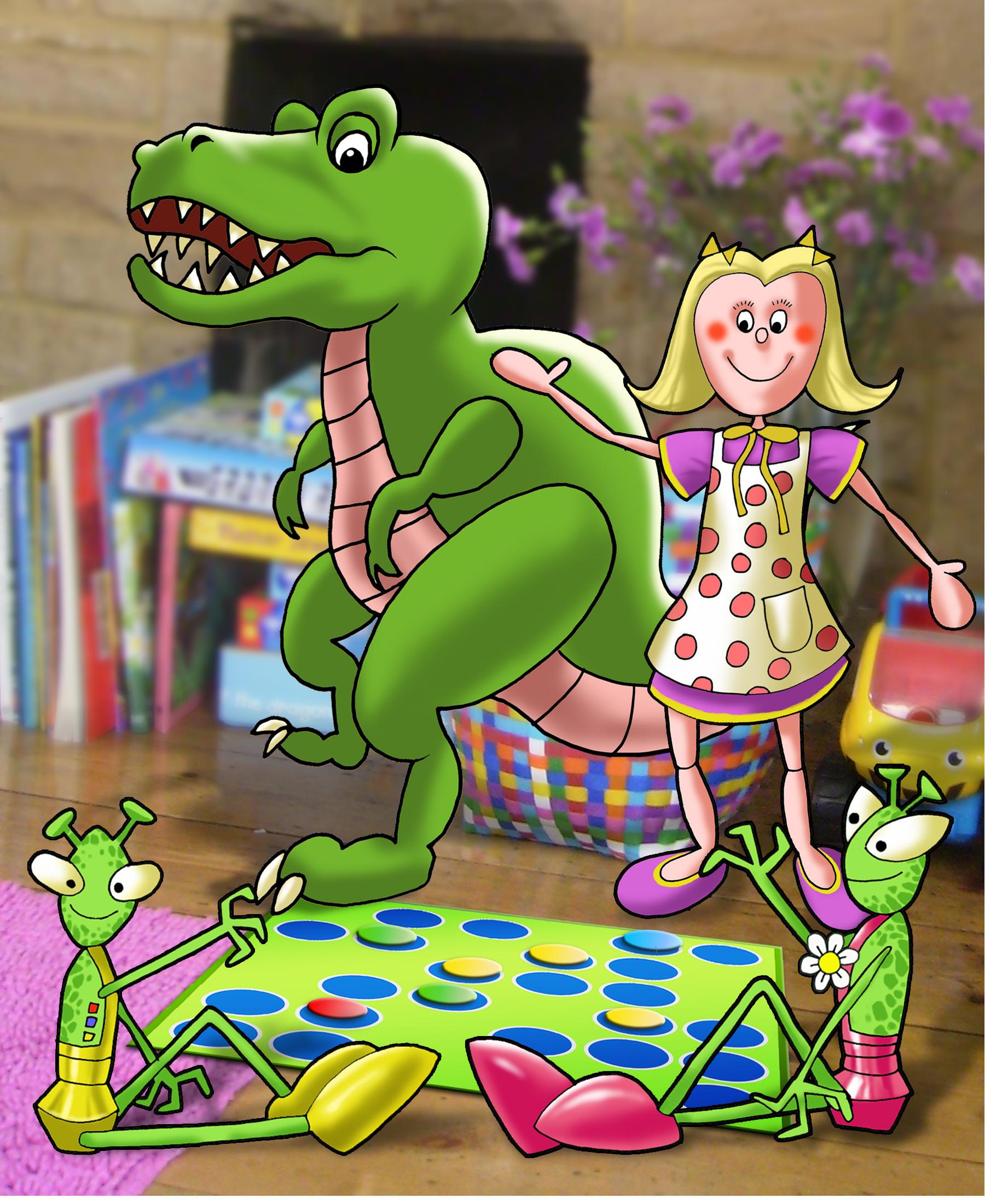
“I will not yell,” said Rex.
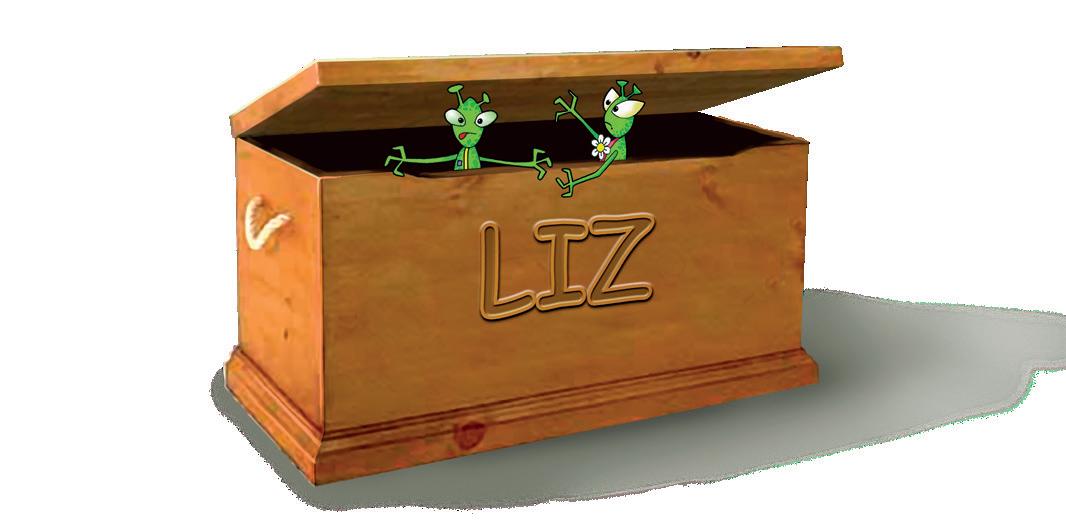
Game page
On the next page is a game for two to help you practise the sounds in this book.
Photocopy the page twice and cut up one page to make sound cards.
Cut the other page in half to make two base cards. Place the sound cards face down on the table.
Take turns to pick up a card.
Say the sound.
Place the matching sound card on your base card.
If you cannot match the sound card on your base card, put it back face down with the other cards. The winner is the first one to fill their base card!
ss ff
y ss
ff x
zz ll
x y
Books in this pack
Dandelion Launchers Units 4–7
Unit 4 4a
4b
4c
4d
Unit 5 5a
5b
5c
5d
Unit 6 6a
6b
6c
6d
Unit 7 7a
7b
7c 7d
Ted
The Fib
Bob and the Cod Meg and Ted
Ken, the Rat Kim, the Bug Mud
The Bus
Viv Can Run
Jim and Jam
Ken Gets Wet Zog
Rex Yells
Rex Will Not Sit
Bob on the Sill
The Hill
CVC CVC CVC CVC
CVC CVC CVC CVC
CVC CVC CVC CVC
CVC CVC CVC CVC
d, e, f, v d, e, f, v d, e, f, v d, e, f, v
k, l, r, u k, l, r, u k, l, r, u k, l, r, u
j, w, z j, w, z j, w, z j, w, z
x, y, ff, ll, ss, zz x, y, ff, ll, ss, zz x, y, ff, ll, ss, zz x, y, ff, ll, ss, zz
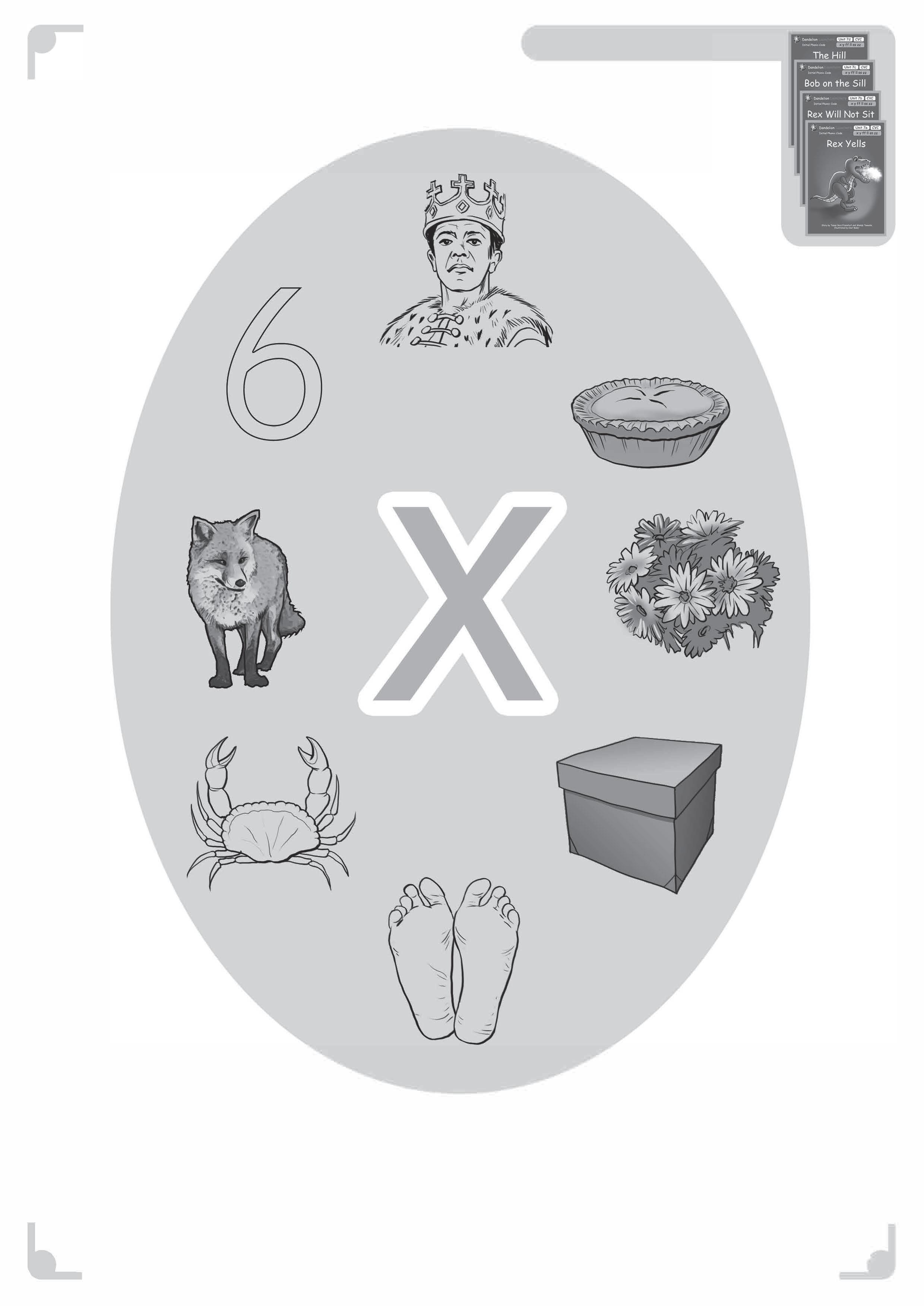

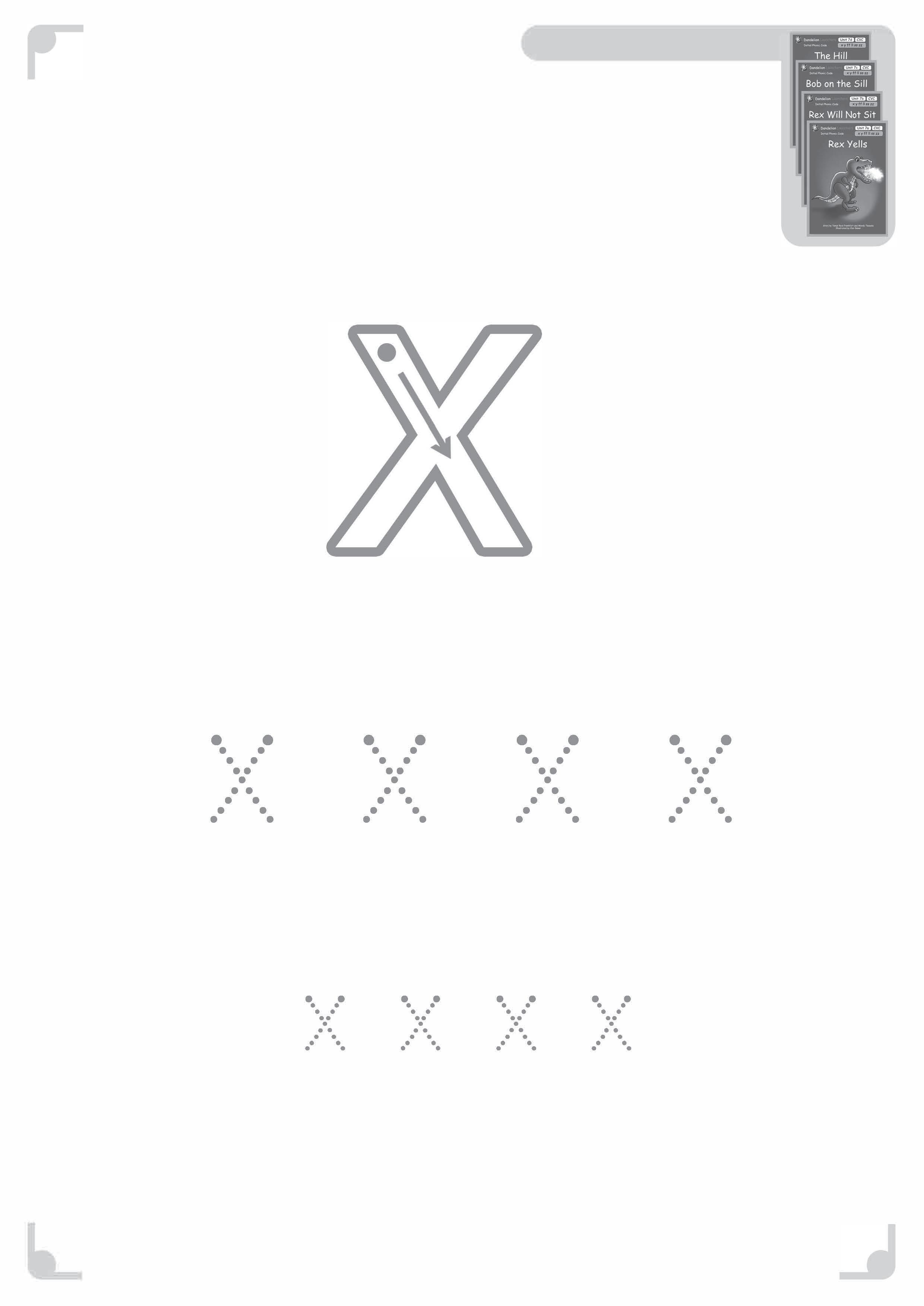

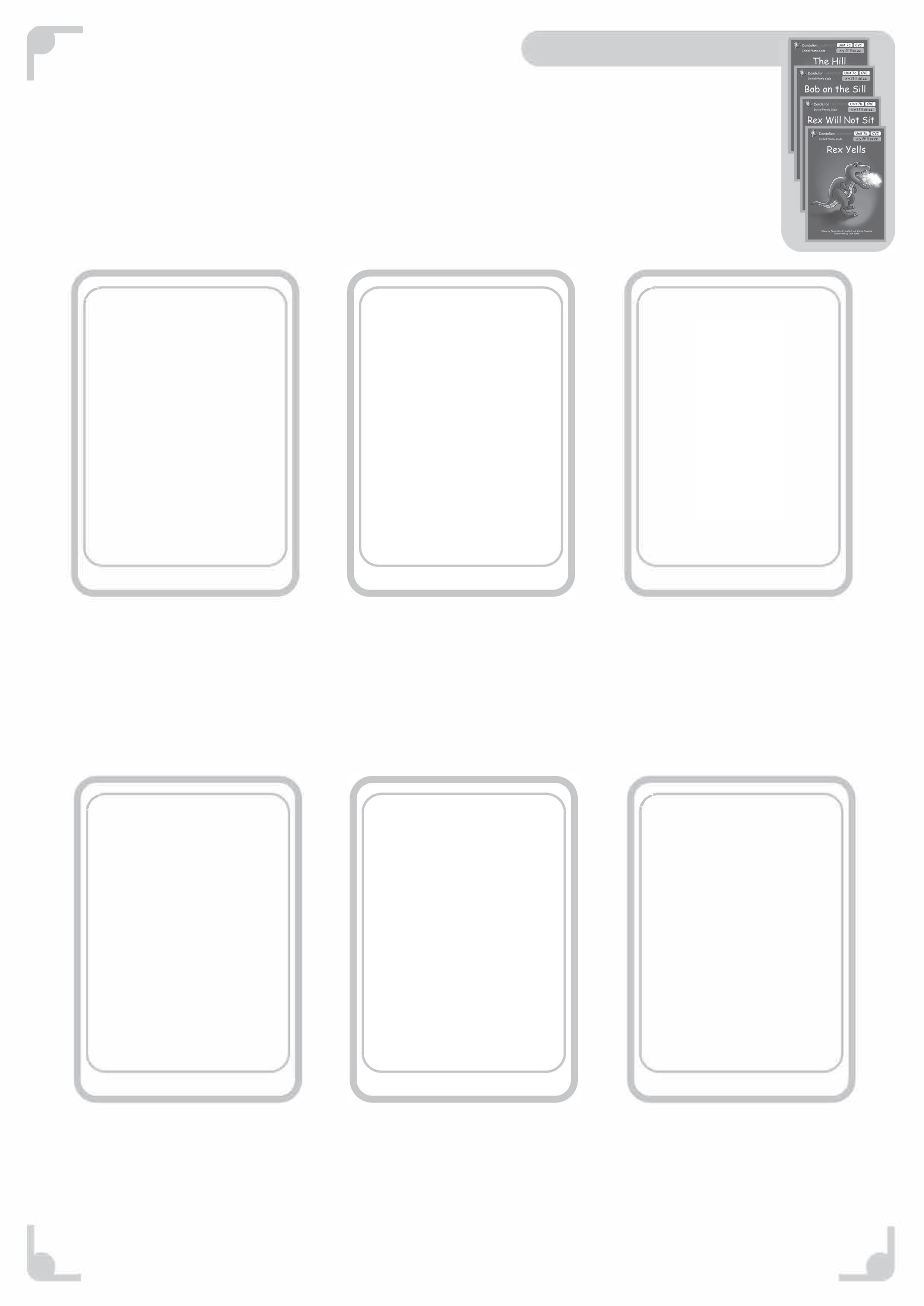

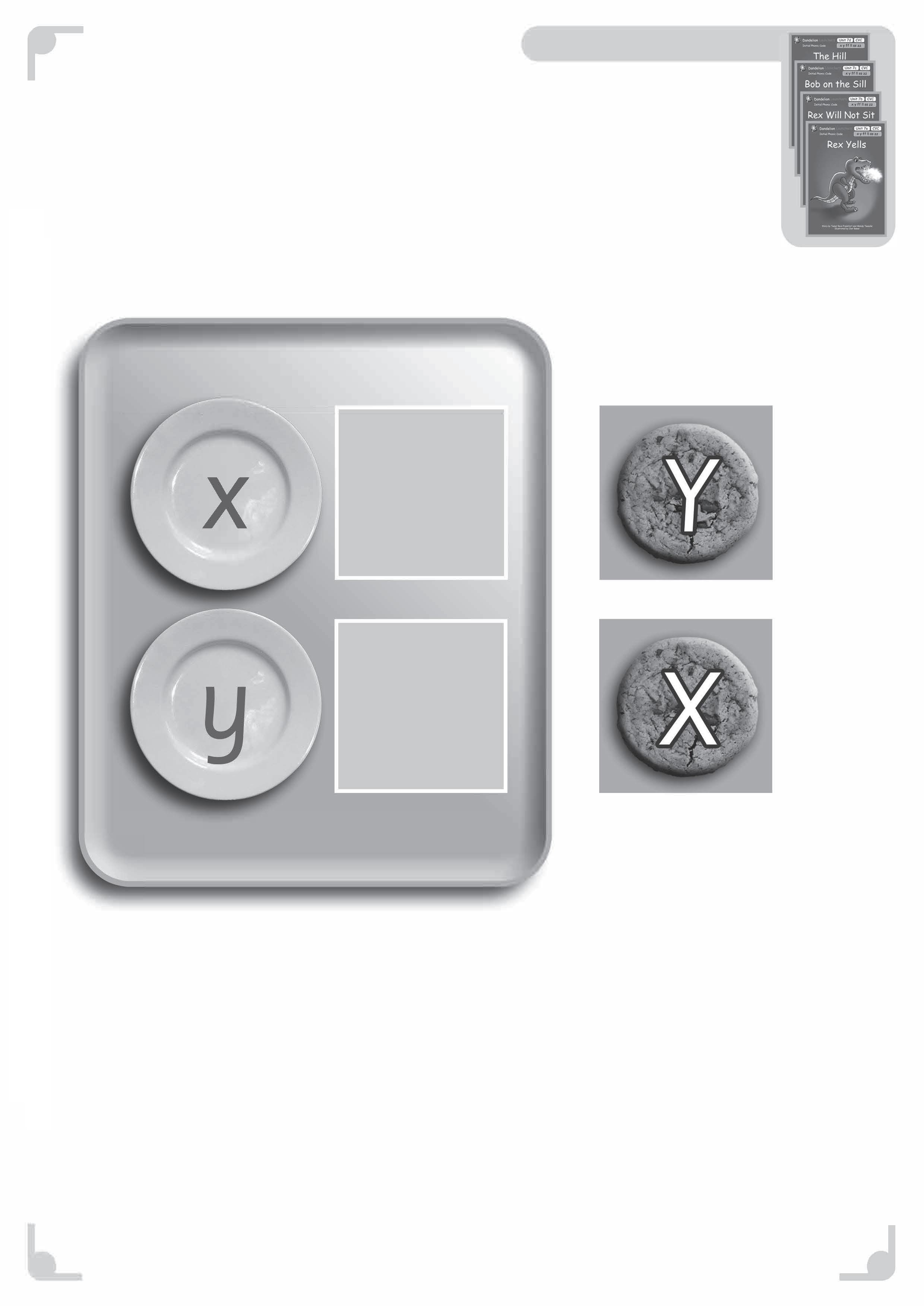

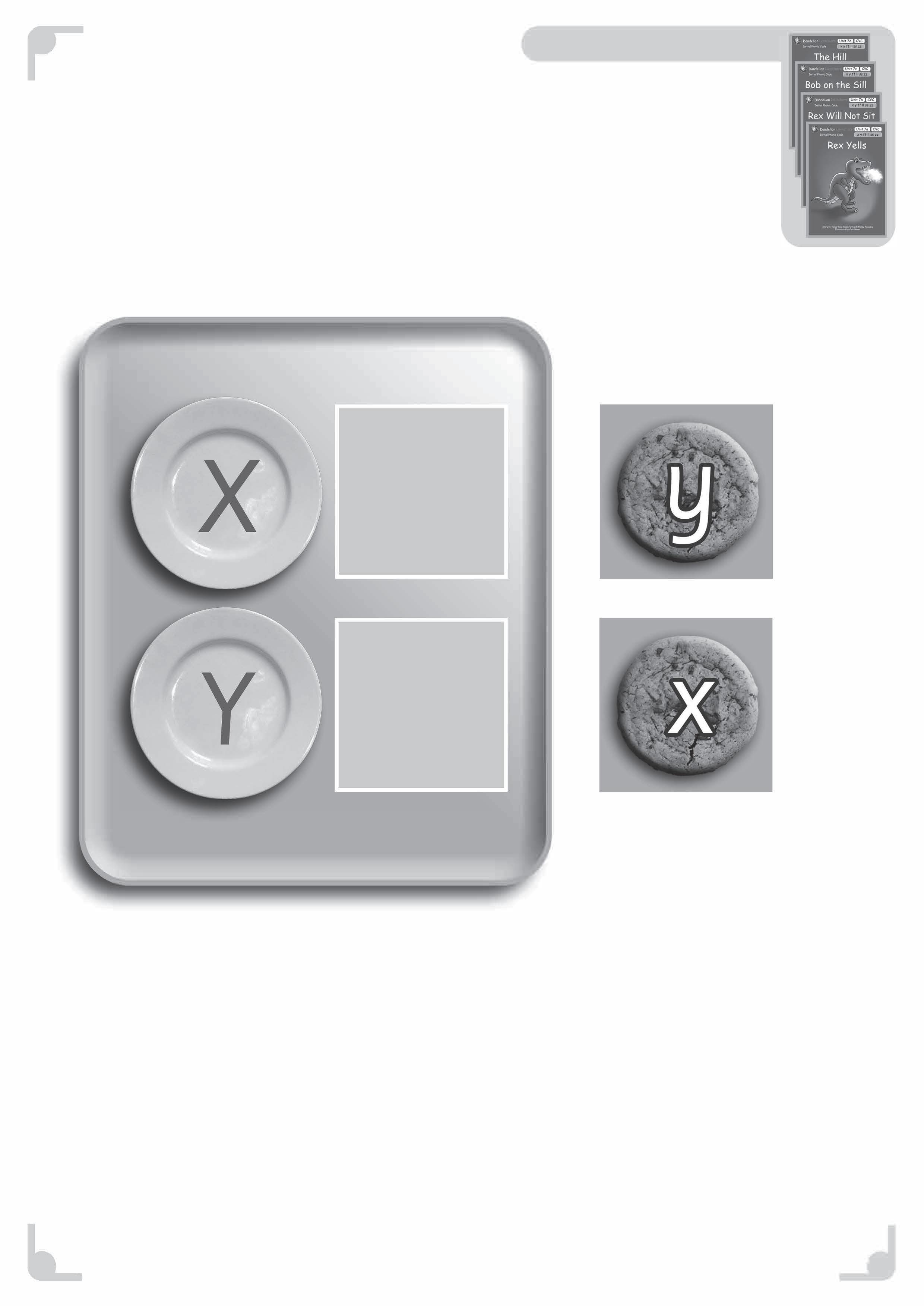

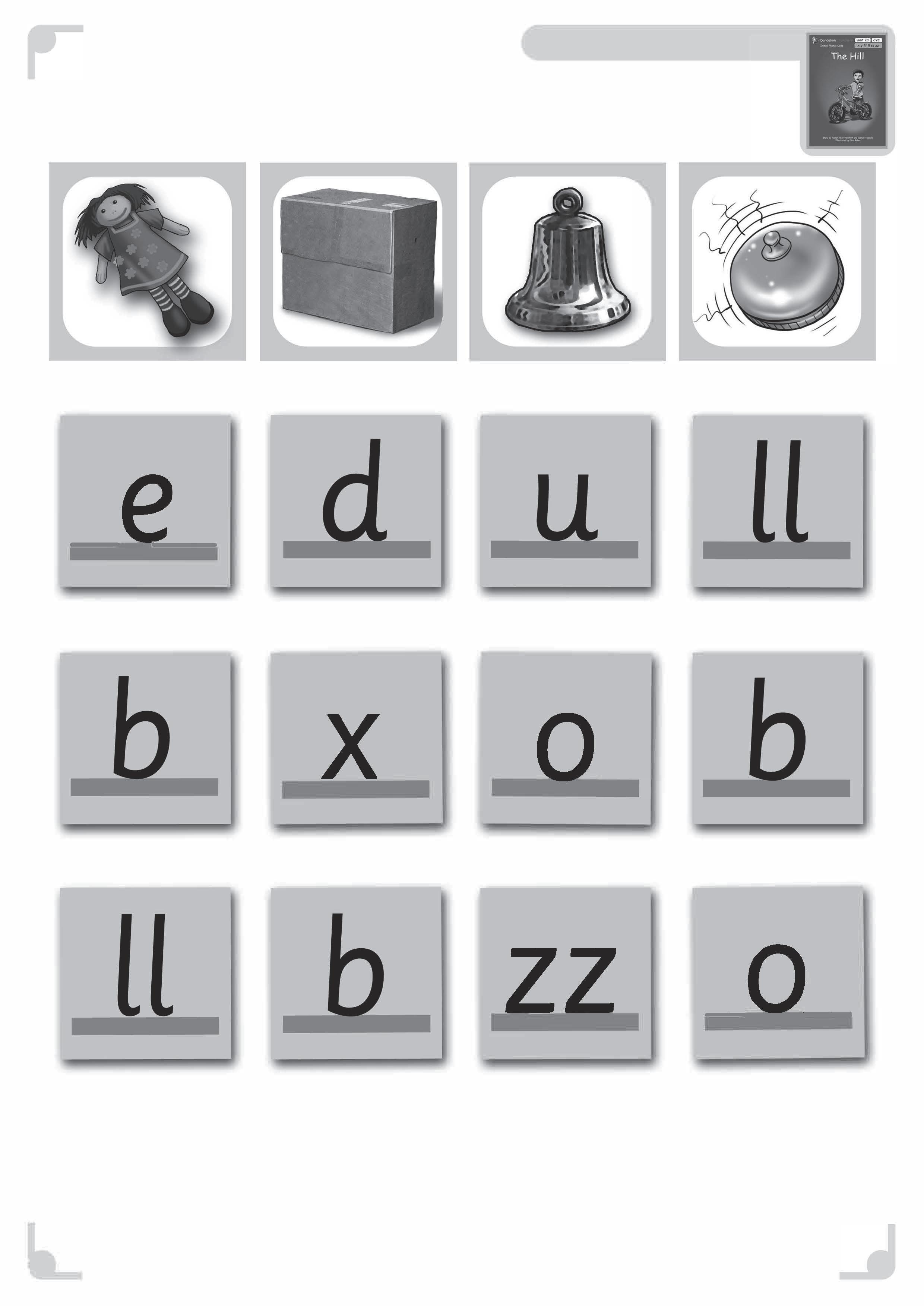

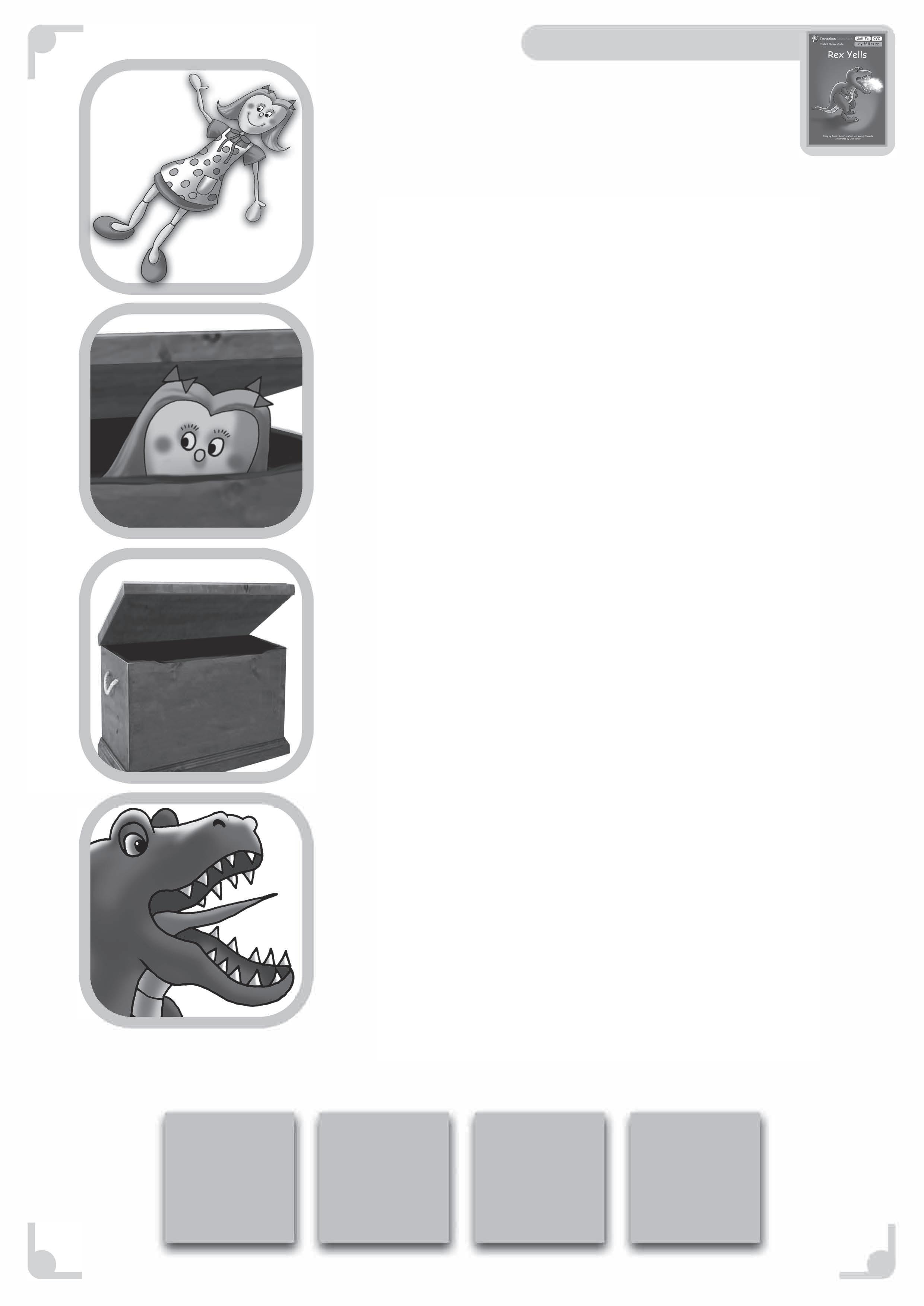


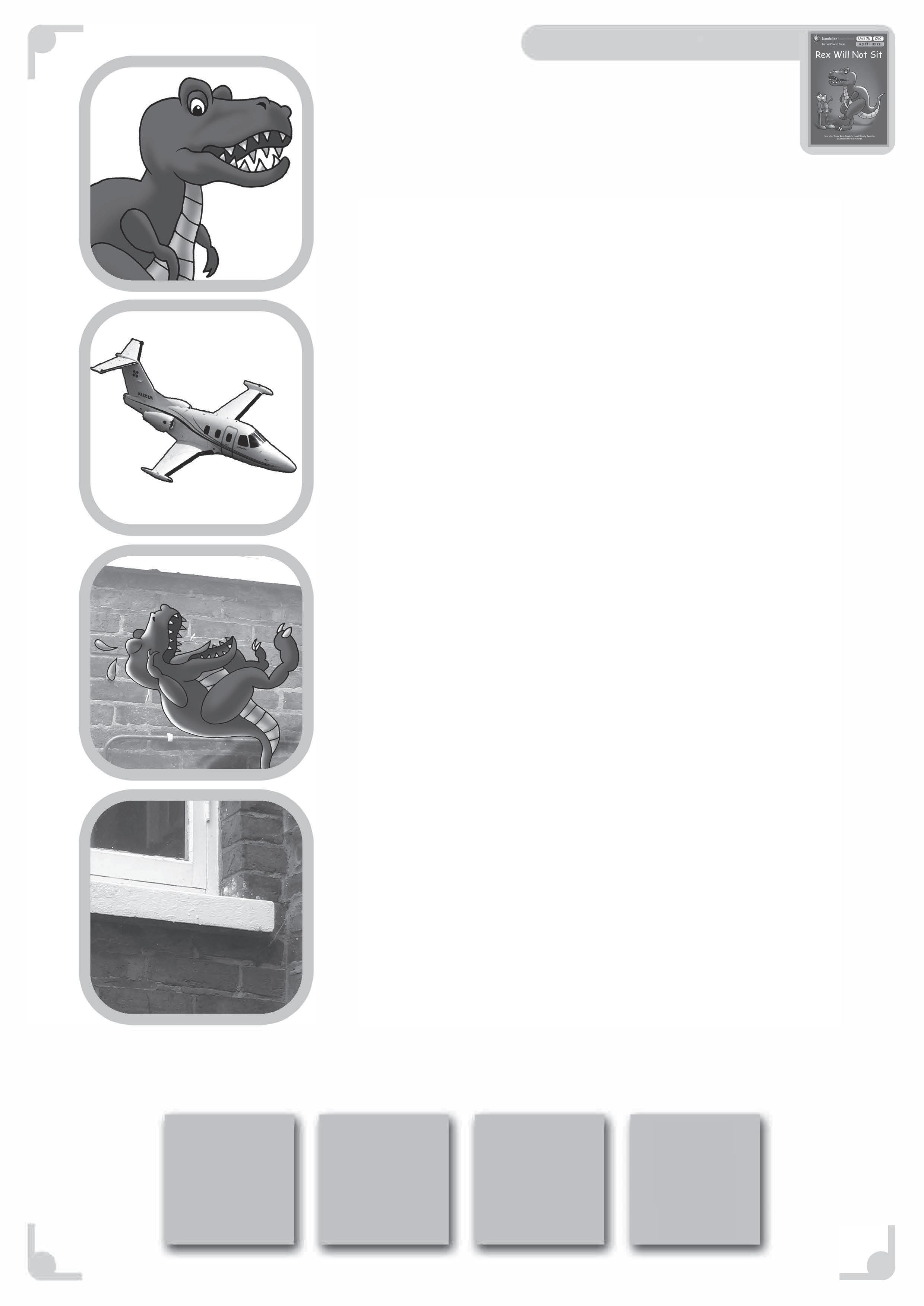

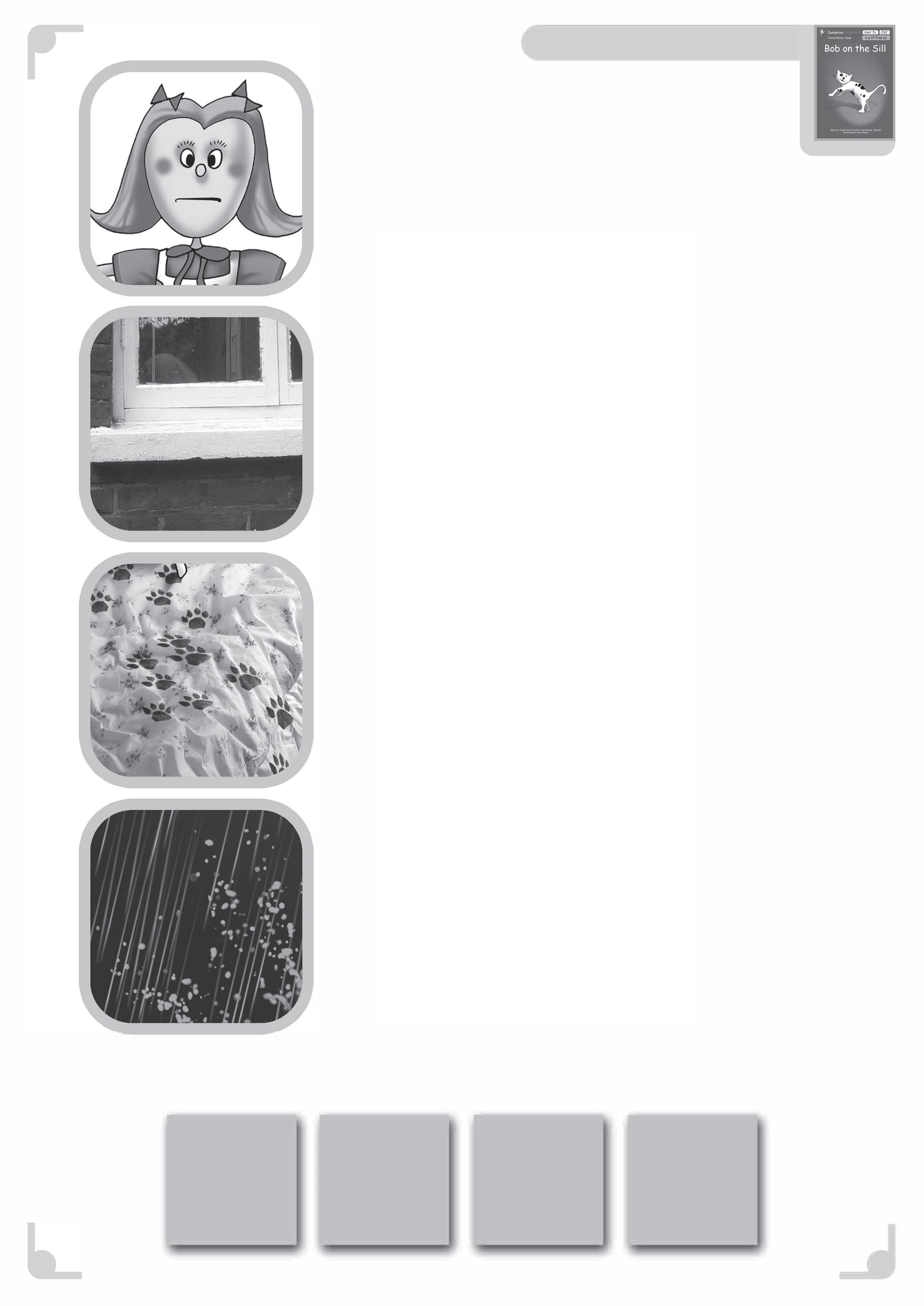




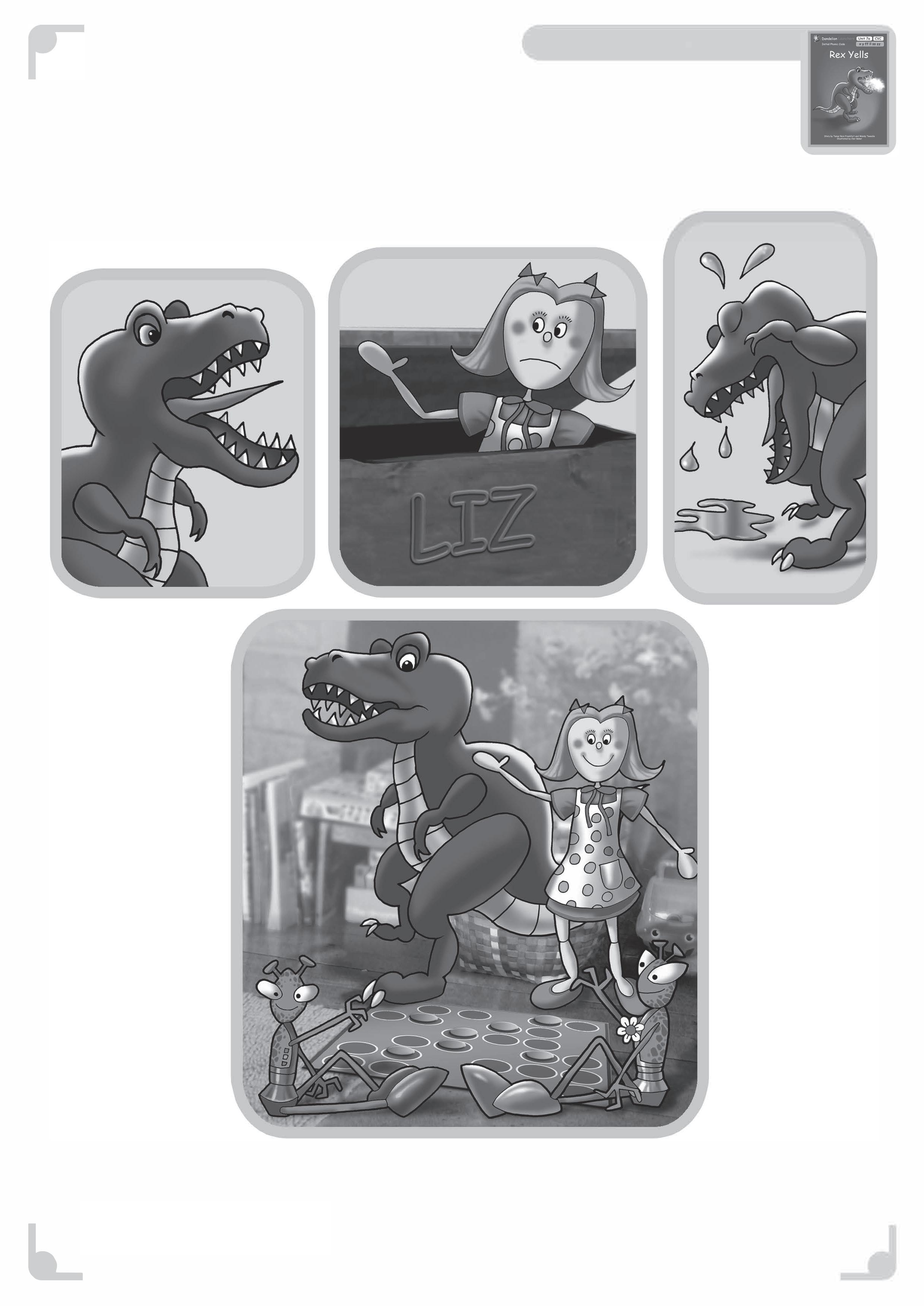


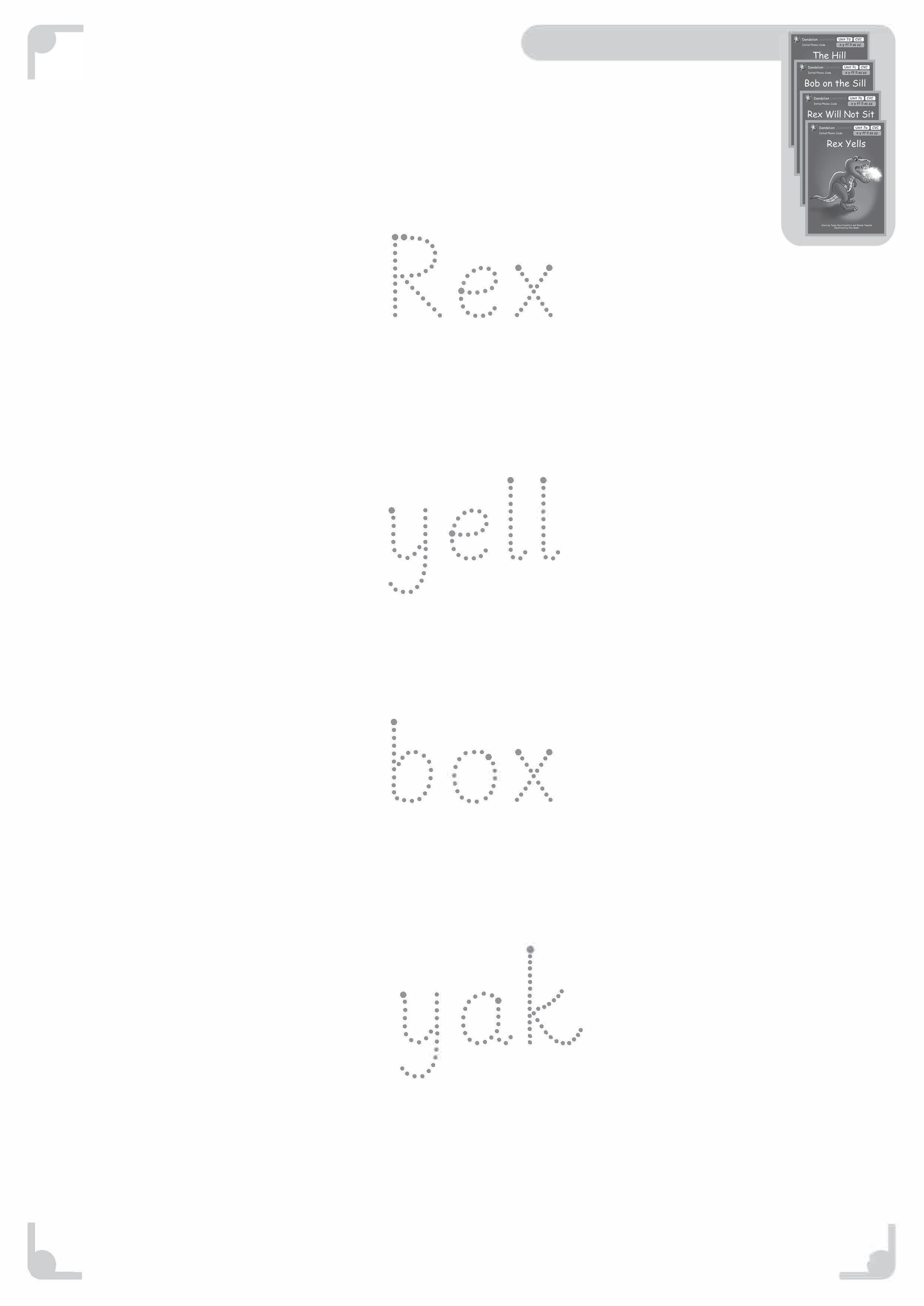

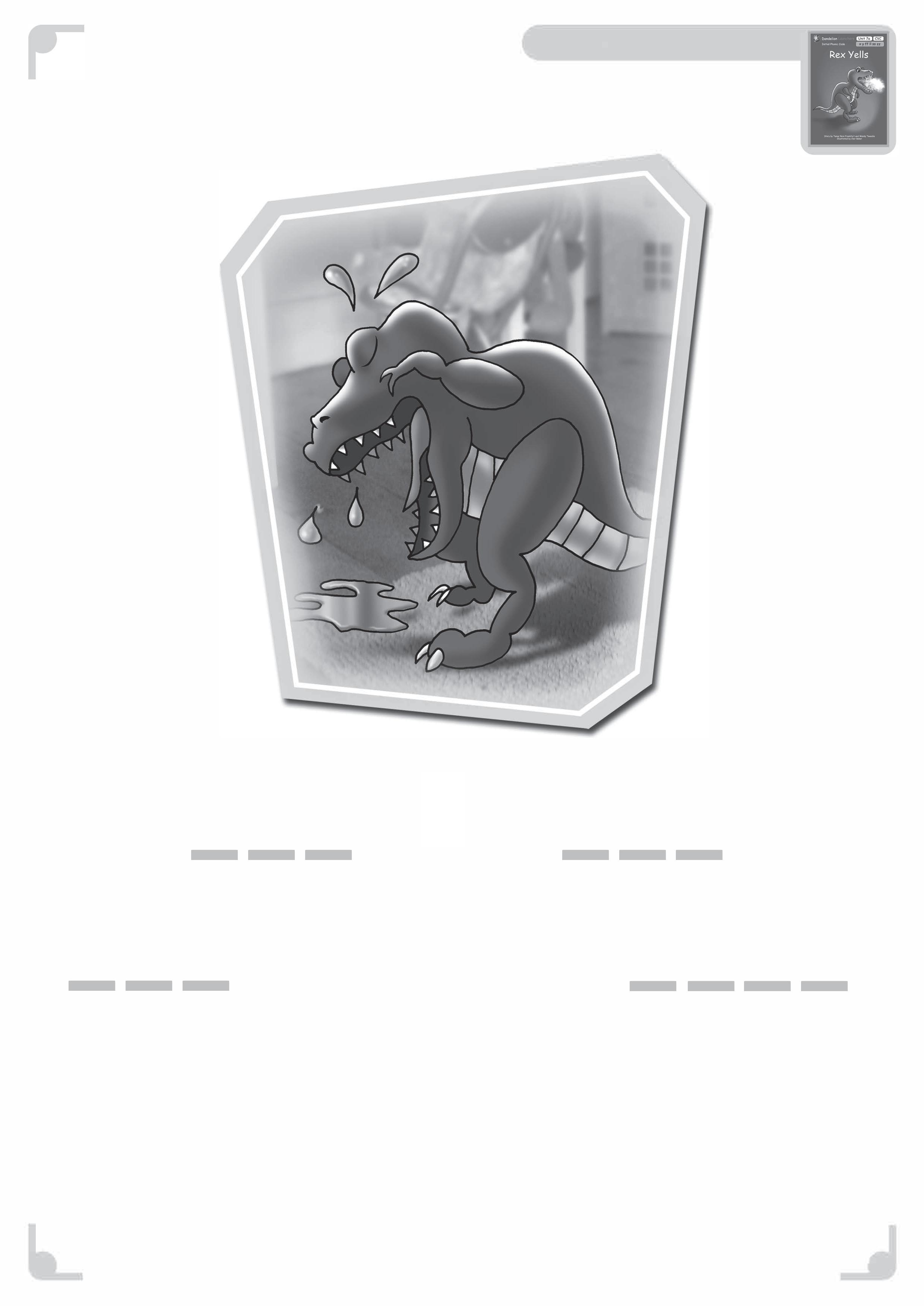

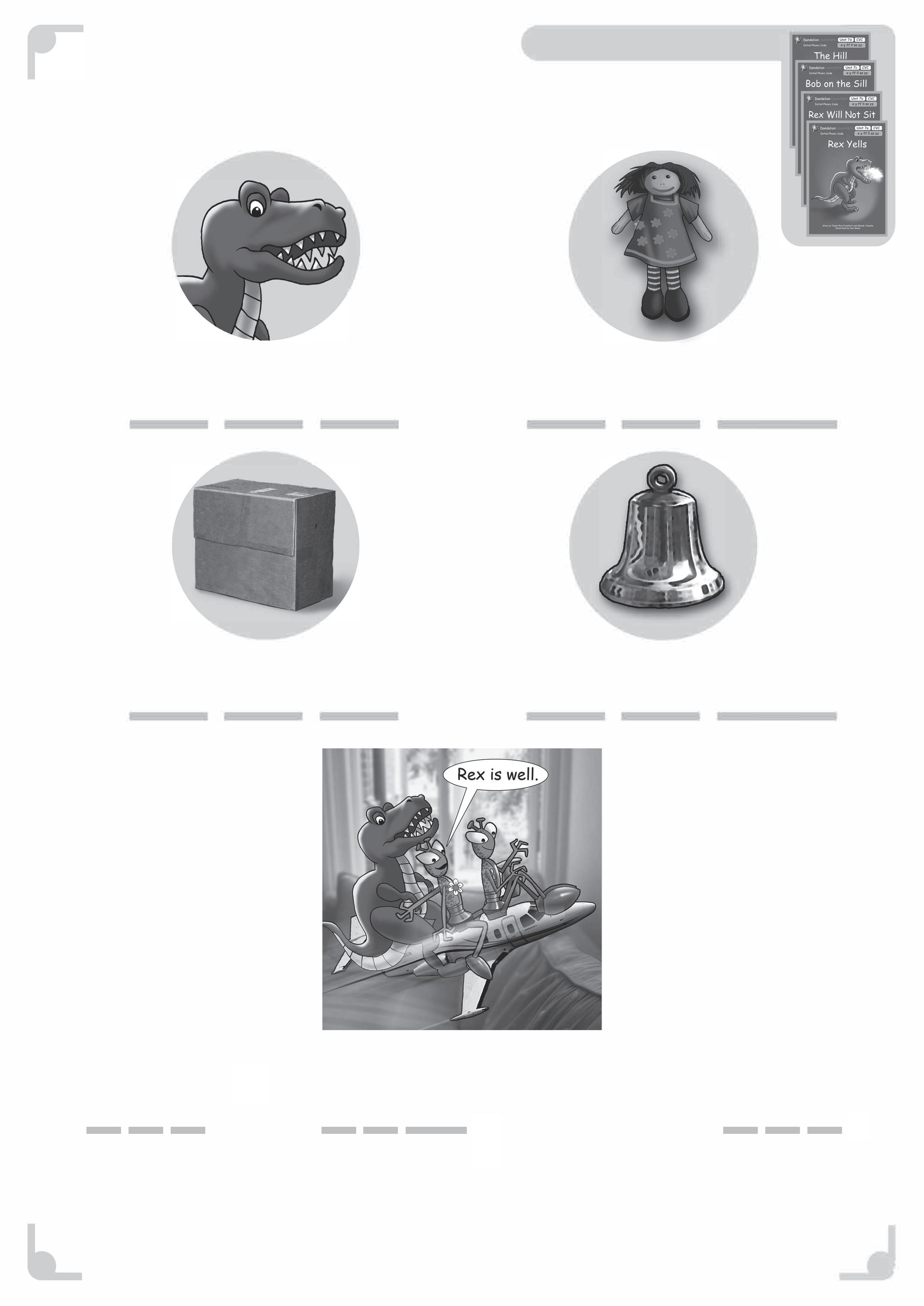

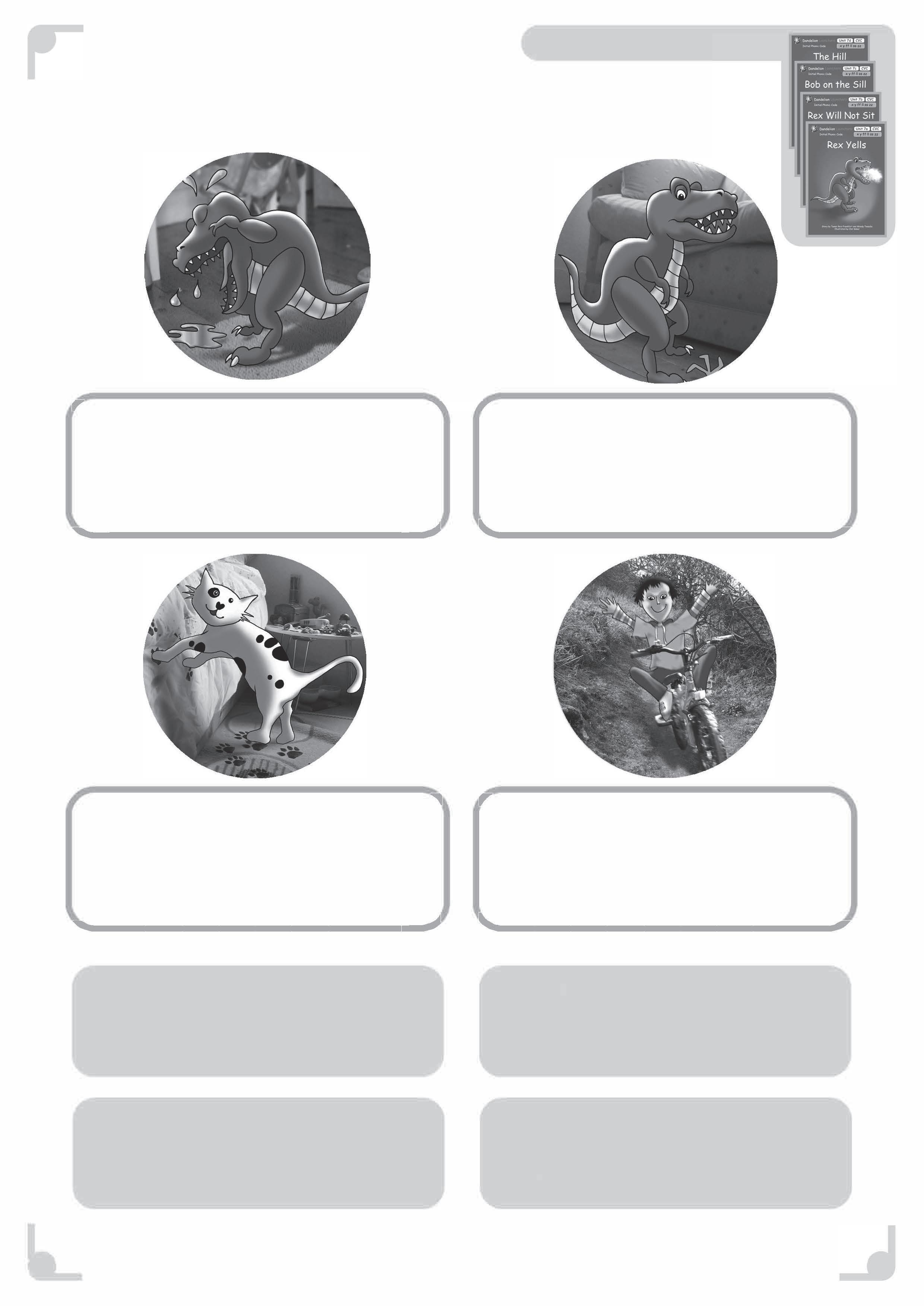



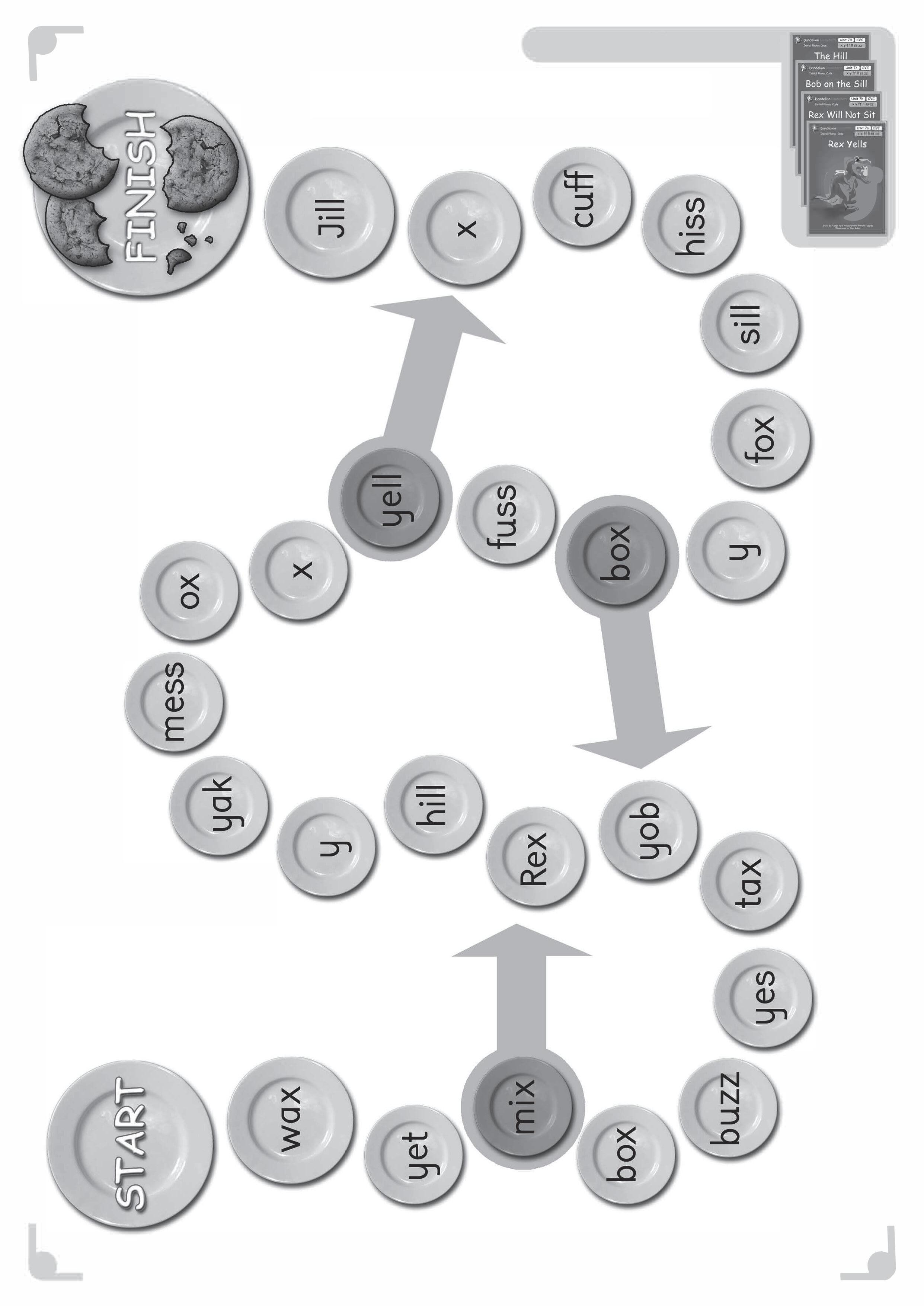

Sloths
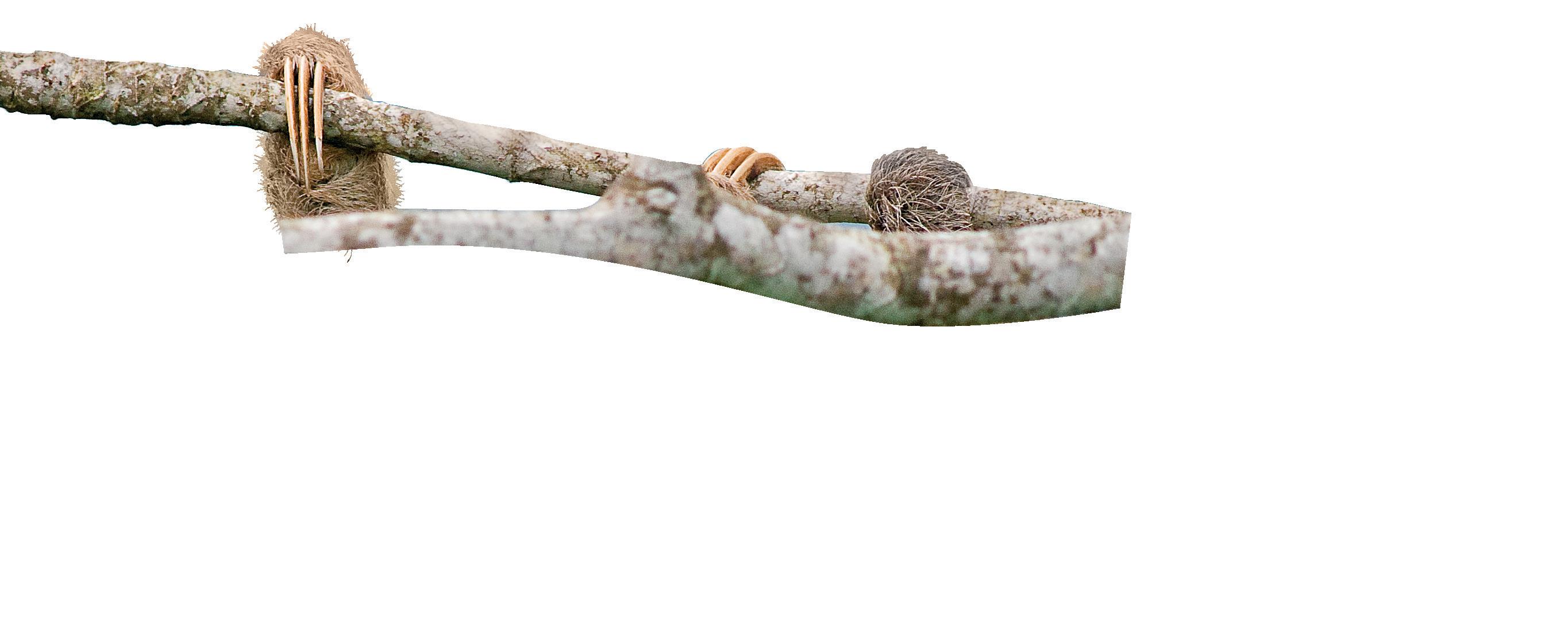

Introducing words with the spelling: th
Sloths

 by Jennifer Albro
by Jennifer Albro

How to use this book
The Dandelion World non-fiction series follows a structured sequence to support reading development. As children read the books, they experience an incremental progression and practise new phonic skills while also revisiting sounds and spellings previously learnt. Children engage with new vocabulary and photographic images to investigate real experiences.
Before reading, ensure readers know the target sounds and their corresponding spellings in this book. As the child reads, encourage them to blend (push together) the sounds, from left to right, into words (/c/ /a/ /t/ P cat). Be sure to use precise pronunciation and “clip” the sounds. Consonants should be produced without an added “uh” sound (/c/ not “cuh”).
High-frequency words are common words children may not be able to read at this stage. As children learn the English phonic code, they will learn how to decode these words. The highfrequency words in this book are listed below.
Each book includes a non-fiction knowledge builder feature for children and adults to read together. This is a fun way to enhance vocabulary and deepen comprehension of the book’s content.
At the back of each book, there is a list of key words featuring the target sounds from the book, and a list of words for further reading practice.
This book introduces:
Sounds: th
Previous sounds: All the sounds of the alphabet (except q) and digraphs (two letters representing one sound) ff, ll, ss, zz, ch, sh
High-frequency words: branch, for, his, into, is, of, says, the, they
3


A sloth munches thin, lush stems. This is his lunch. Munch, munch.

Then, Seth and Cath trek into the depth of the brush. They spot the sloths.

“Hush! It’s a sloth,” says Cath. “A fifth sloth!” says Seth. “And a sixth!”

“Such a thrill! Let’s get Beth,” says Cath. Beth spots a sloth on the branch.

Seth, Cath, and Beth are not a thrill for the sloth. But rest is a thrill for a sloth.
KNOWLEDGE BUILDER

Slow Movers
What is the world’s slowest-moving animal?
If you guessed the sloth, you’re right! Sloths move so slowly that algae grows on their fur. They sleep and eat in trees in tropical forests. They are good swimmers, but they can’t walk on the ground very well because of their long, curved claws.

There are two varieties of sloths. Two-toed sloths have two toes and three-toed sloths have three toes!



After a sloth baby is born, it clings to its mother’s belly as she hangs on to tree branches.

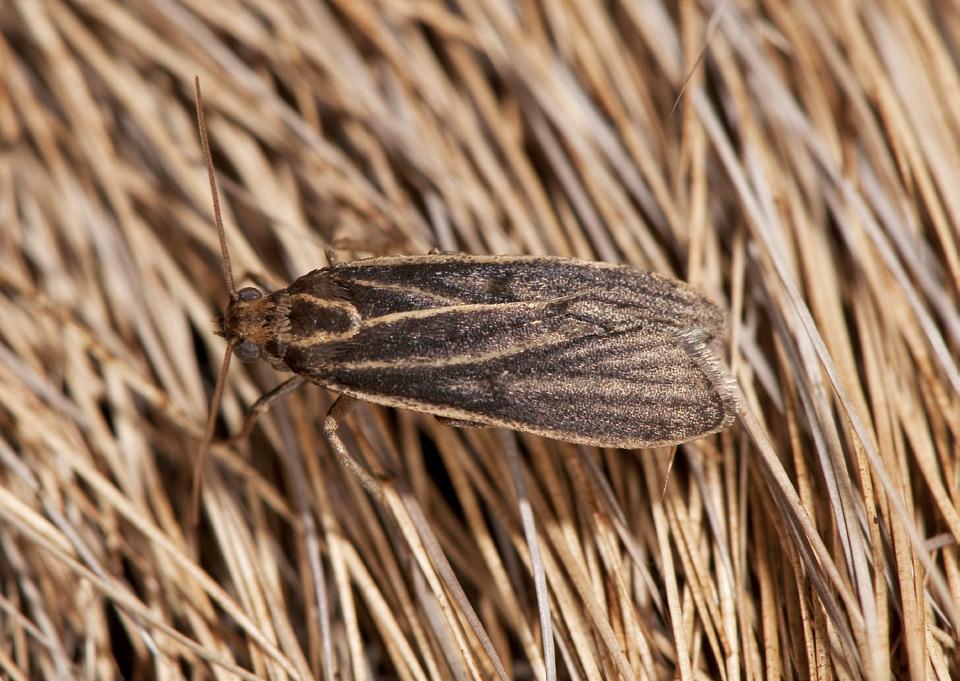
Certain moths rely on sloths. They live in sloths’ fur and even lay their eggs in sloths’ poo!


Glossary
algae: a tiny plant that grows in water or on damp surfaces cling: to hold on tightly rely: to need or depend on tropical: in a place that is warm all year
Word list sloths
thick this with thin then Seth
Cath depth fifth sixth thrill Beth
Words for further practice
than thank theft them thrash thrift
throb thus broth cloth maths tenth



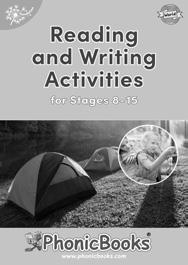



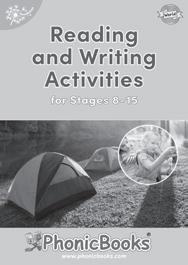















Word trail cards 1 th words
Photocopy and cut out the five rectangles on this and the following page. Fold along the central dotted lines and glue together to make five double-sided cards. Place them picture side up on the table. Ask the children to select any one and turn it over. The children can then read the phrase or sentence on the back of the card to find the next card. Continue reading the phrases or sentences on the back of the cards to find the next picture card.



Thud! Seth trips.
That much filth is a mess!








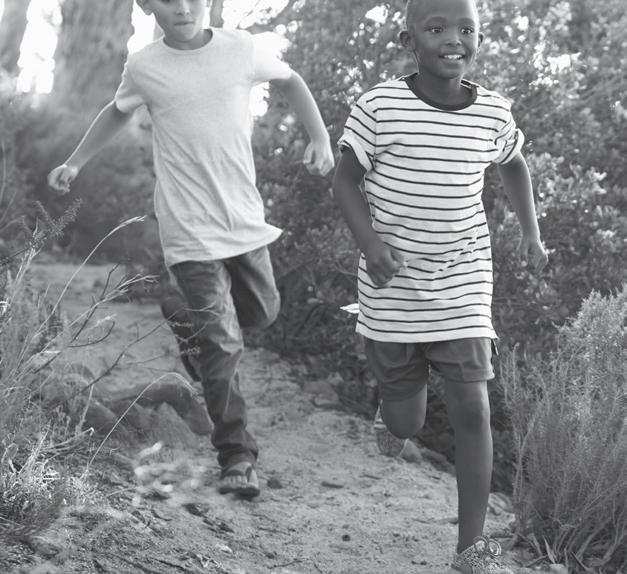






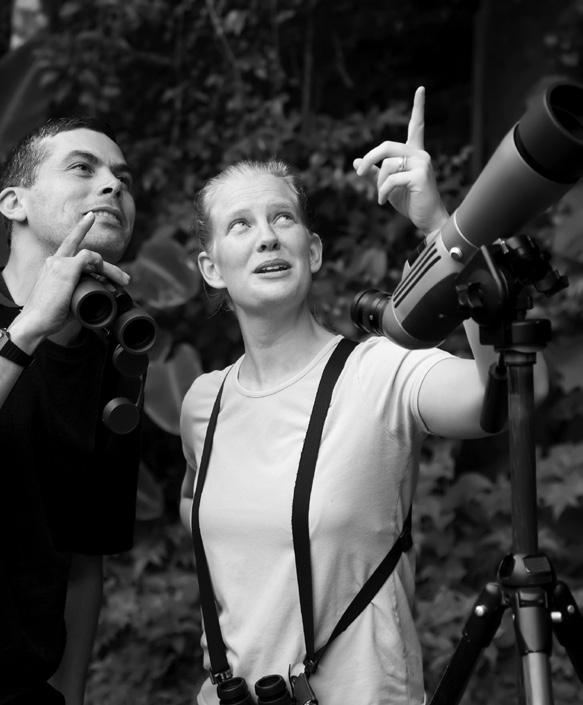




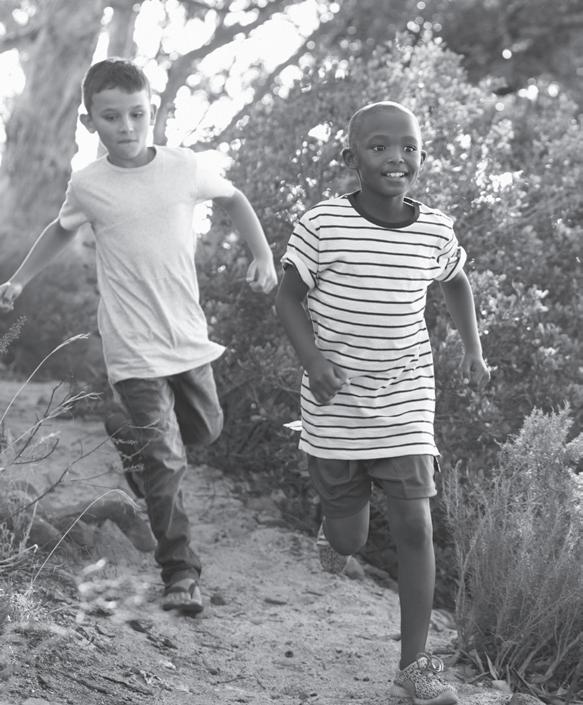
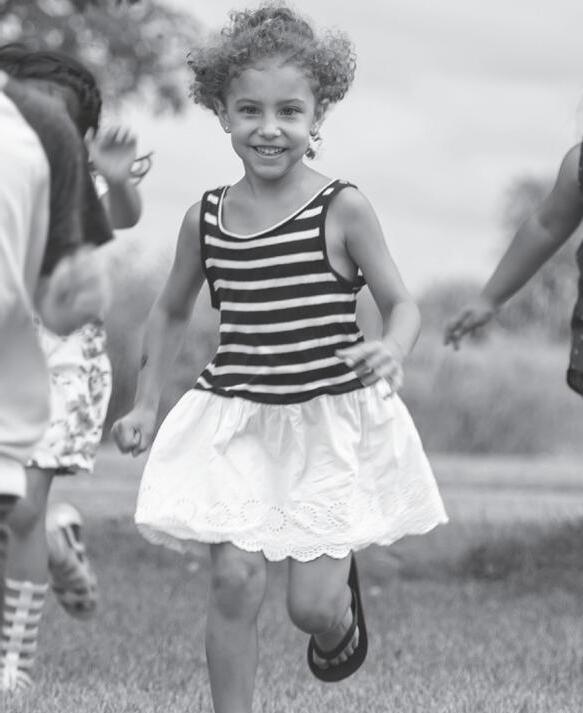



Comprehension Book 13a: Sloths


“Such a thrill! Let’s get Beth,” says Cath.

Sloths rest on a thick branch.

“A fifth sloth!” says Seth. “And a sixth!”
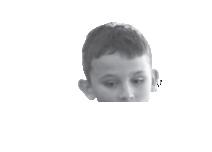
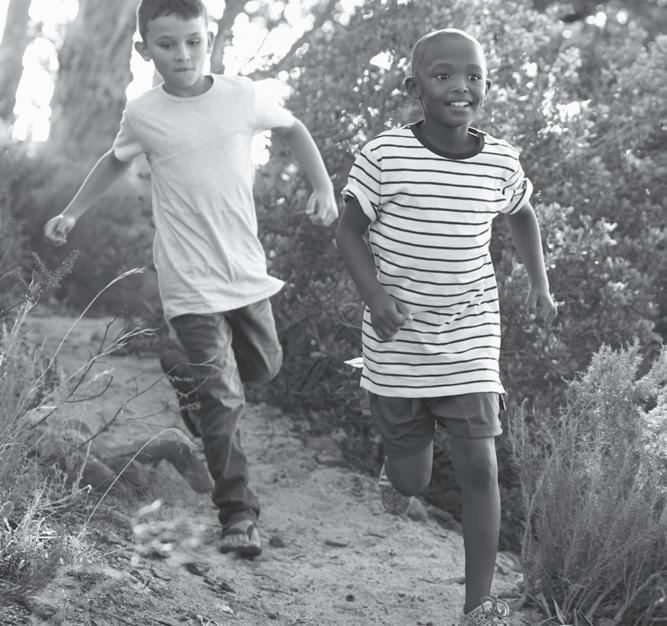


“I can win!” they think as they dash on the

Stage 13
Make a book Book 13a: Sloths
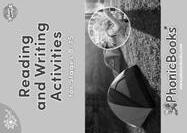
“Such a thrill! Let’s get Beth,” says Cath.
Then, Seth and Cath trek into the depth of the brush. They spot the sloths. Sloths rest on a thick branch.
Ask the children to read the text and draw a picture to match the text on each page. Cut around the shape and fold along the two central lines to create a concertina book.
This
Ask the children to read the text and draw a picture to match the text on each page. Cut around the shape and fold along the two central lines to create a concertina book.
It splats on them.
as they dash on
the path. They run in the mud.
“I can win!” they think
“I can still win!”
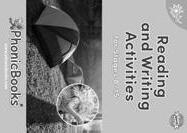
Make a book Book 13b: The Thrill of a Run
Stage 13
but she thinks, UK_090-106_DW_Workbooks_Stage13.indd 104 01/08/23 5:58 PM
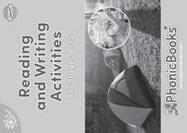
thin thug thuds tenth fifth filth thump UK_090-106_DW_Workbooks_Stage13.indd 105 01/08/23 5:58 PM
Stepping stones game
finish go back thank this with thin that
width go forward
think depth them then thanks than thinks
with moth throb broth sixth theft cloth
thud
This game is for 1–4 players. Play with counters and dice. Players should read aloud the words that they land on at the end of each turn and follow the direction arrows if they land on them.
on the die and place their counter on the word or letter. The first to have three of their counters in a row in any direction is the winner.
with that theft thank thug
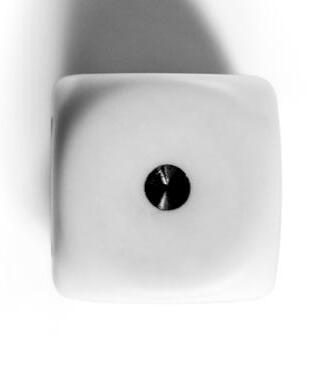
width thud cloth froth thefts
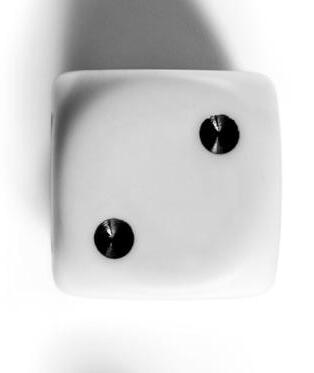
thump moth thin with thuds

with throb depth then thrum

thanks sixth fifth this tenth

broth think them moths thinks
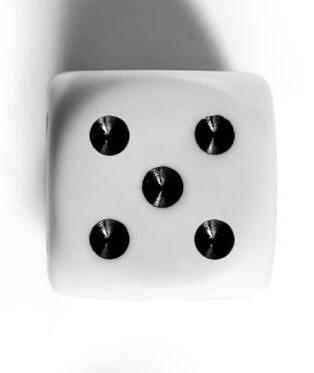
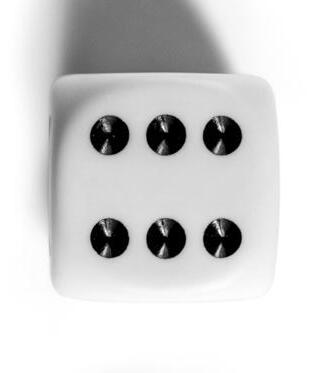
Dice game th words
Stage 13
Example instructional sequence using Dandelion Launchers and Activity Books
2
Word building

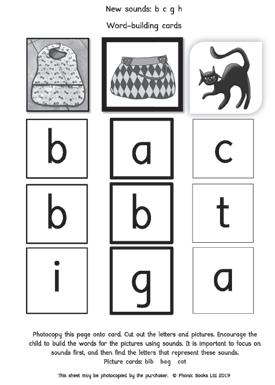
Explicit teaching of new letters and sounds

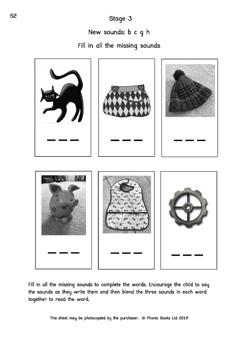
Word reading
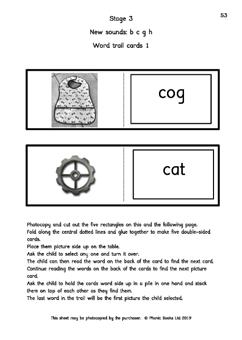
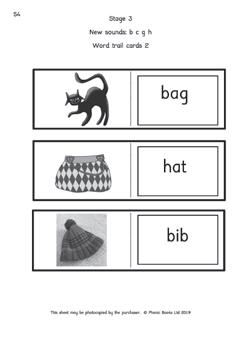
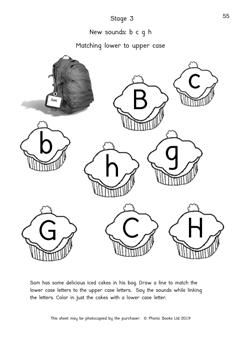
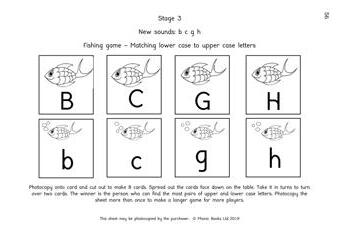
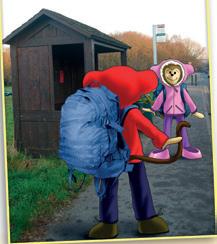
4 6 7
Sound hunting –finding the target words in the text
5
Apply new and prior learning to a
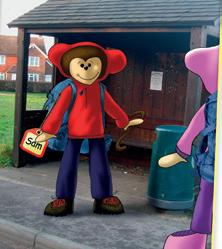
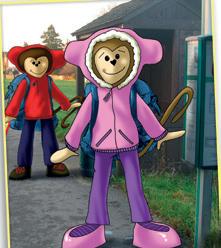
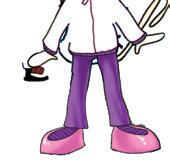
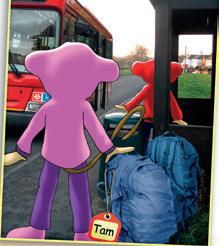
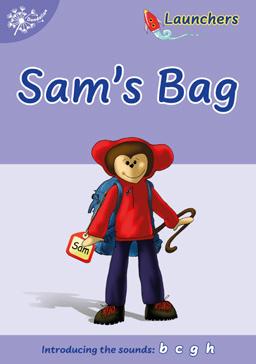
Games and activities to develop fluency
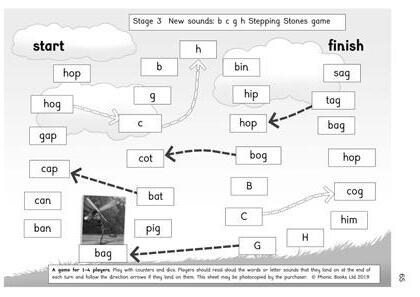
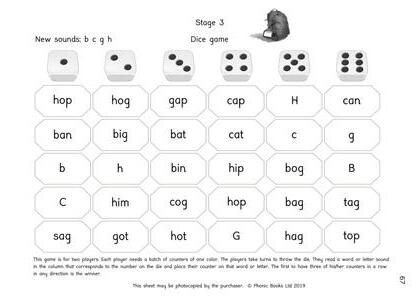
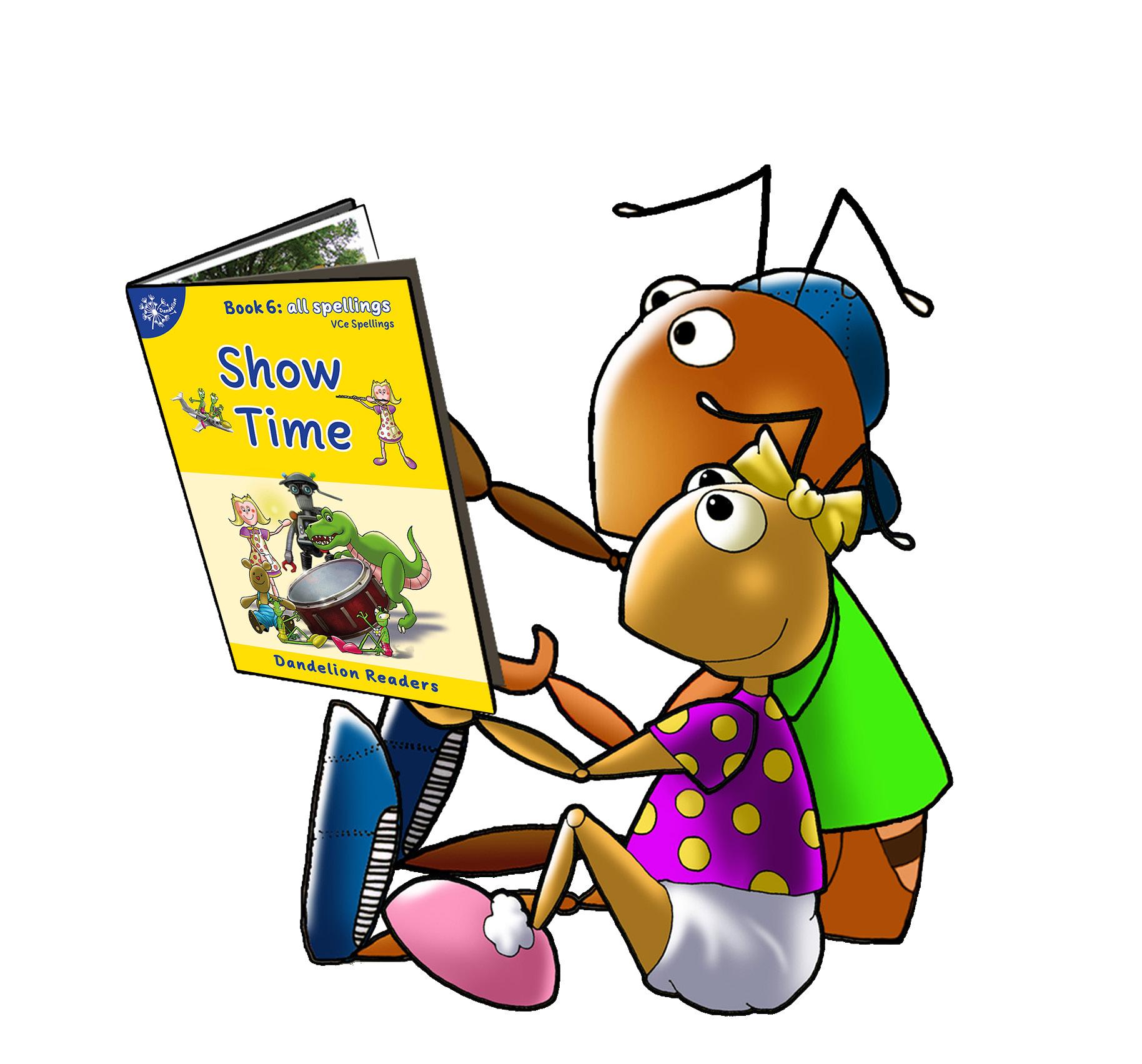
Word or sentence dictation to assess learning
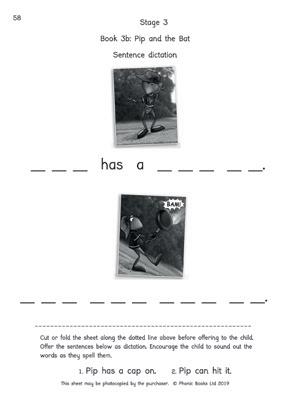
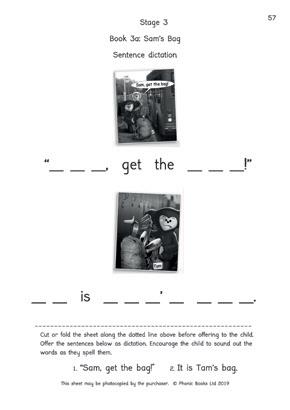
Phonic Books also has decodable books for older readers. These engaging fantasy and adventure stories with graphic novel-style illustrations are perfect for targeted reading interventions for striving readers aged 8 and above.
www.phonicbooks.co.uk
Dandelion Series Title List

